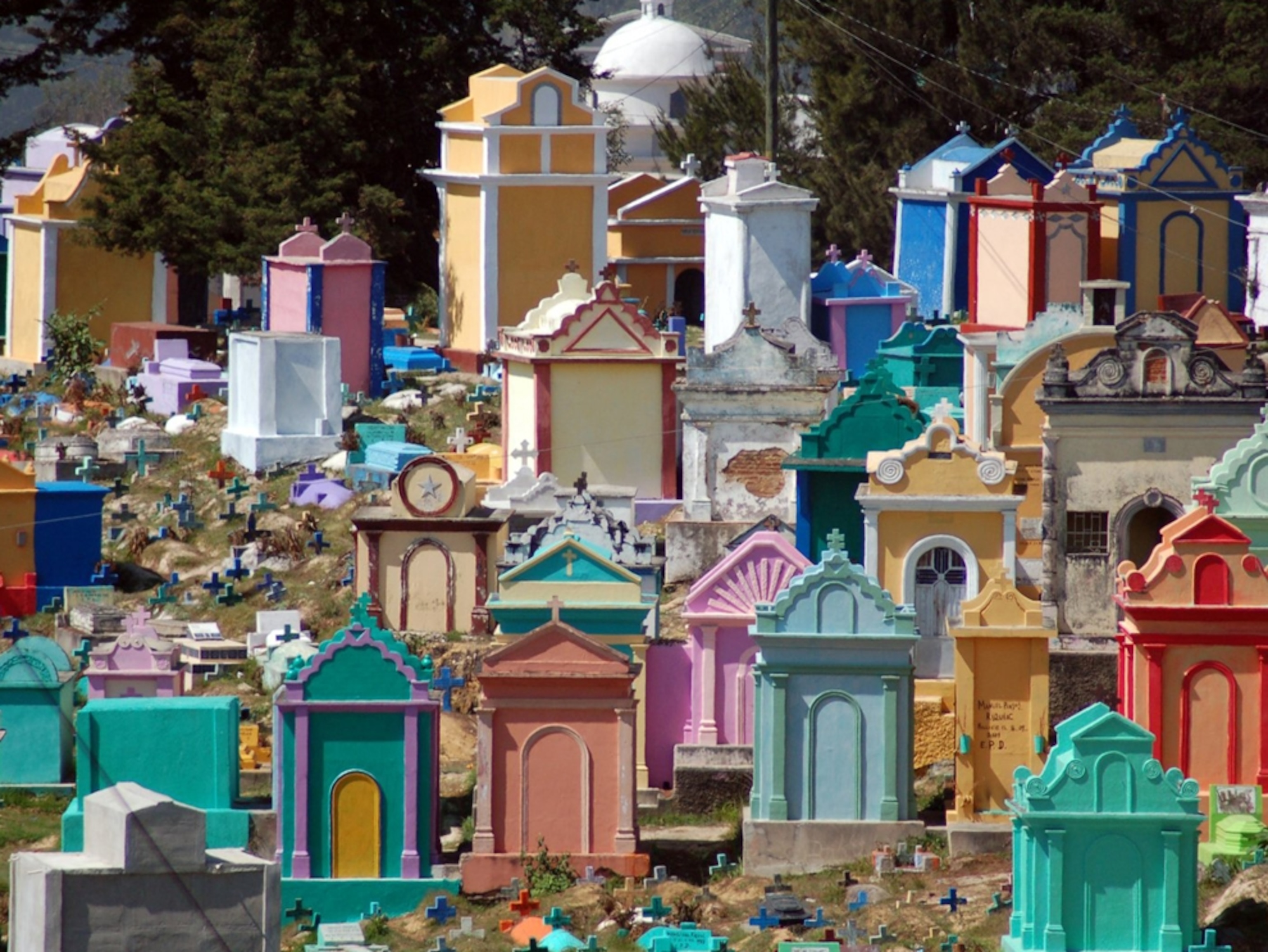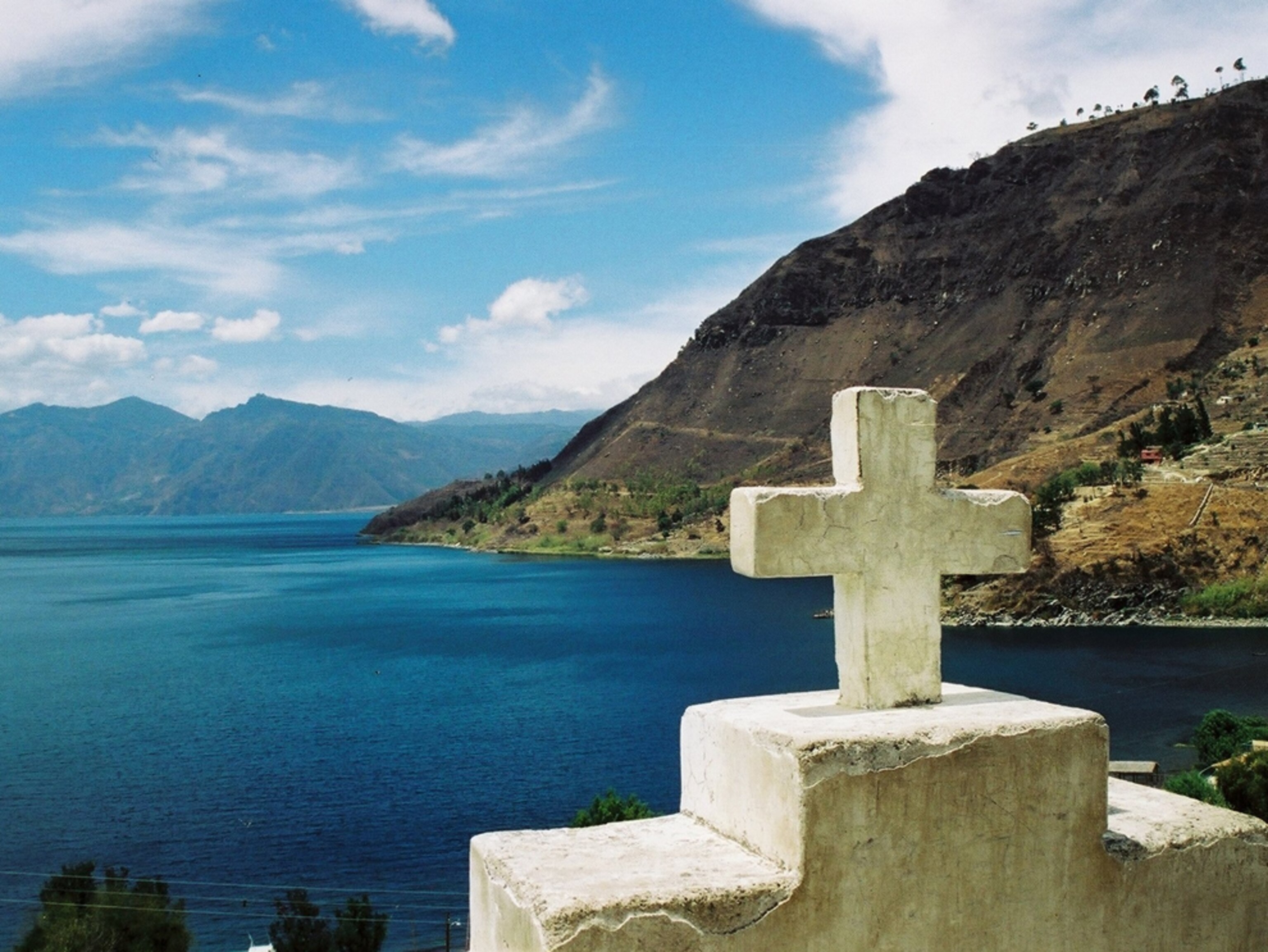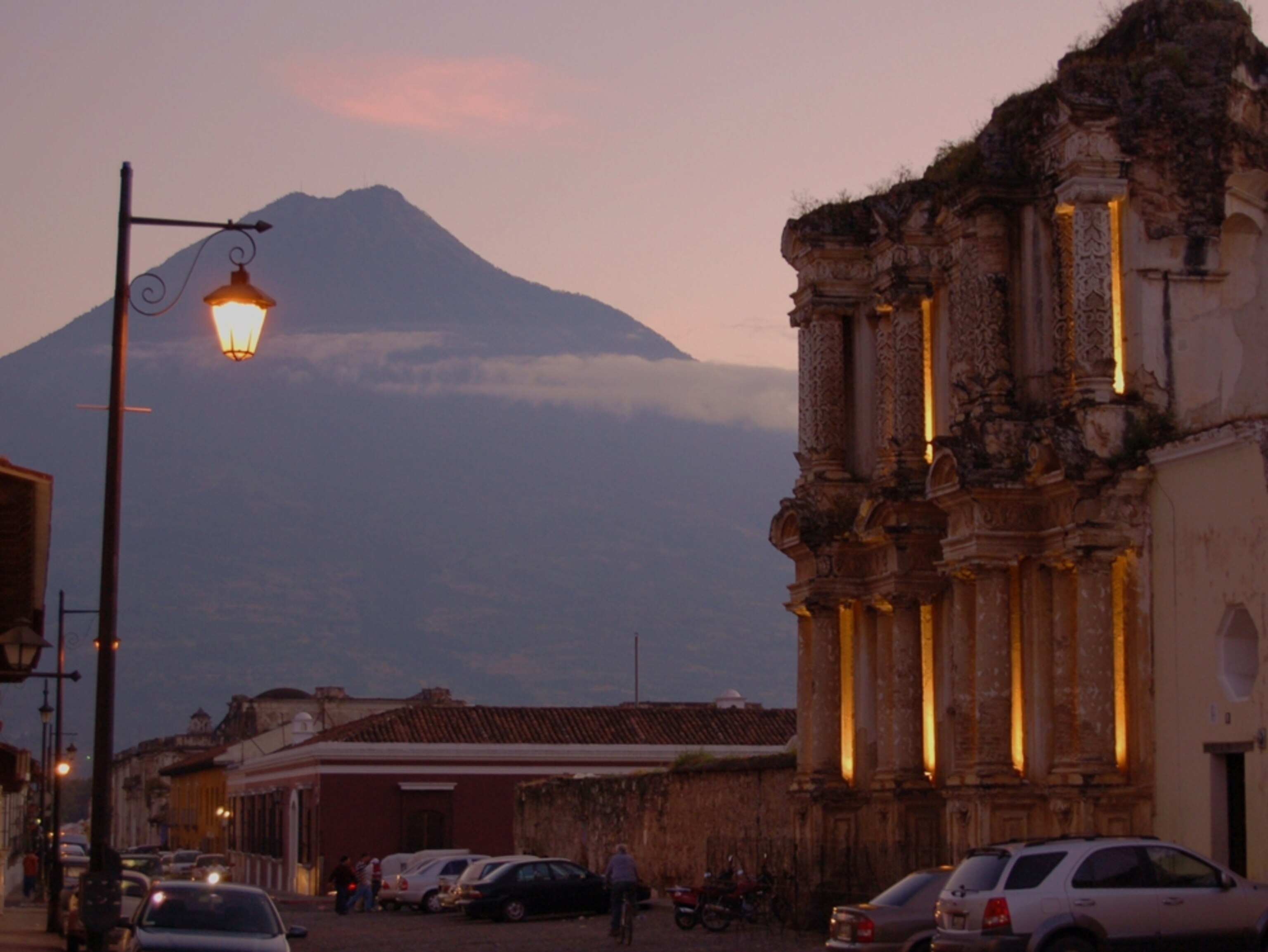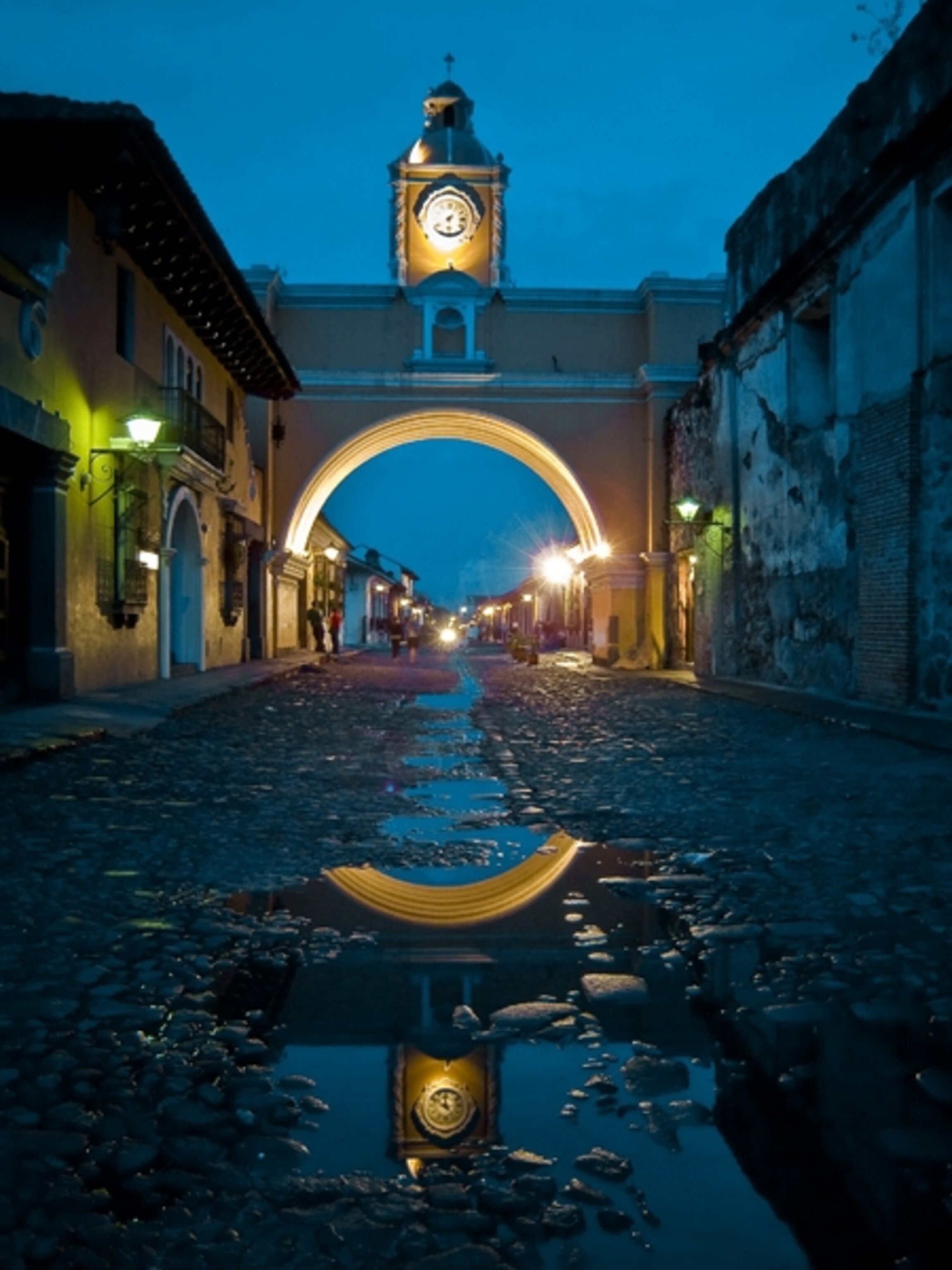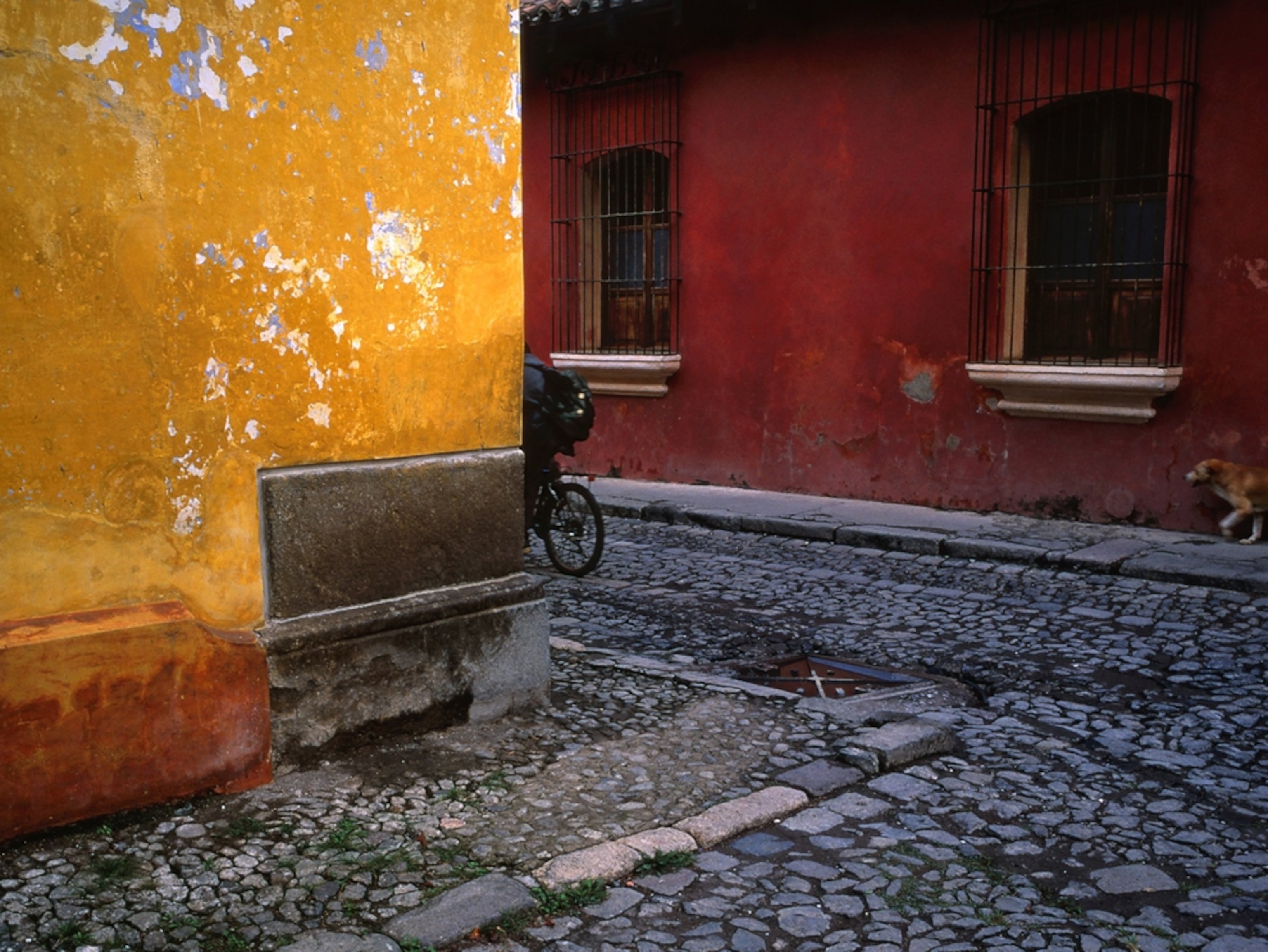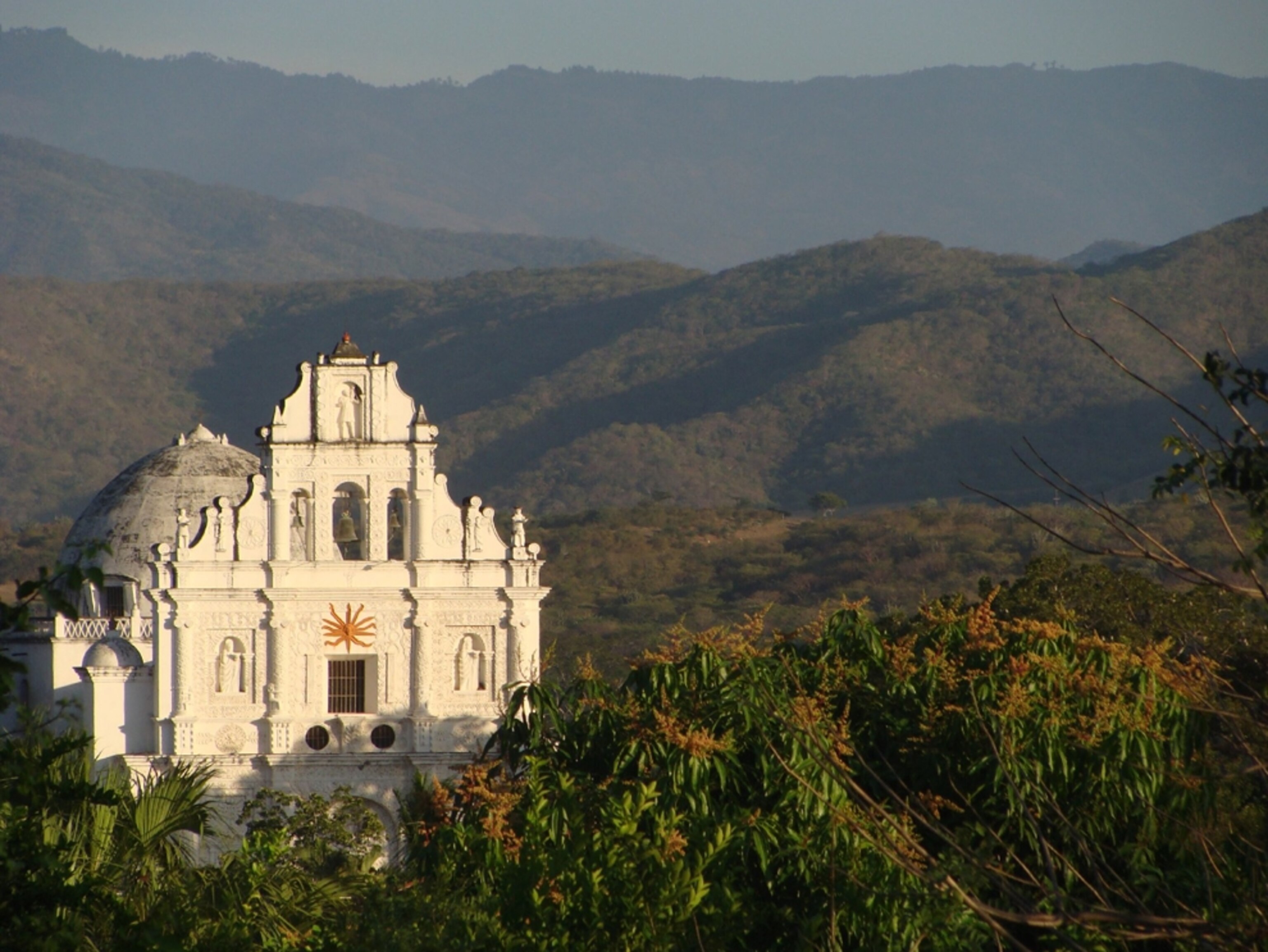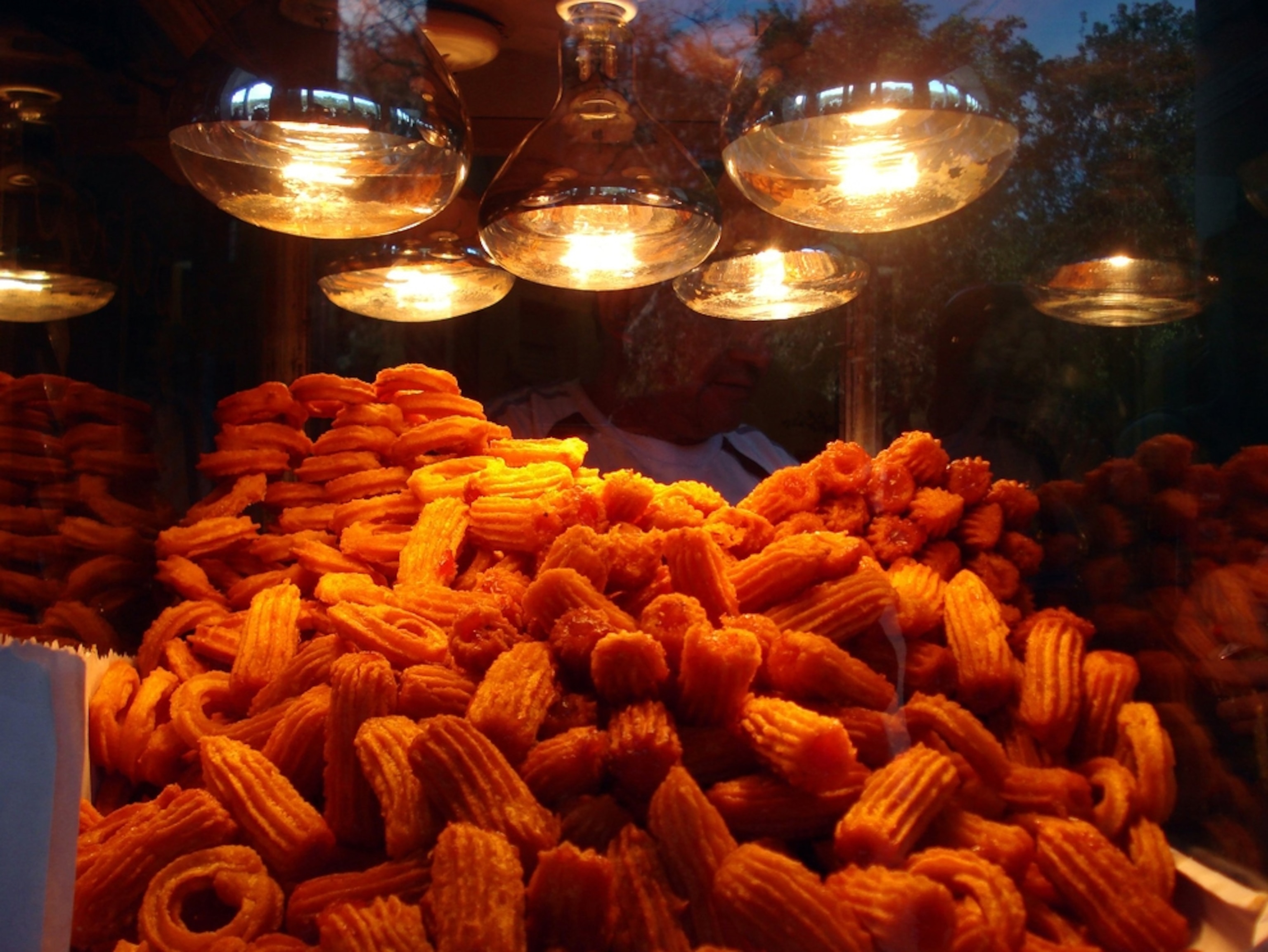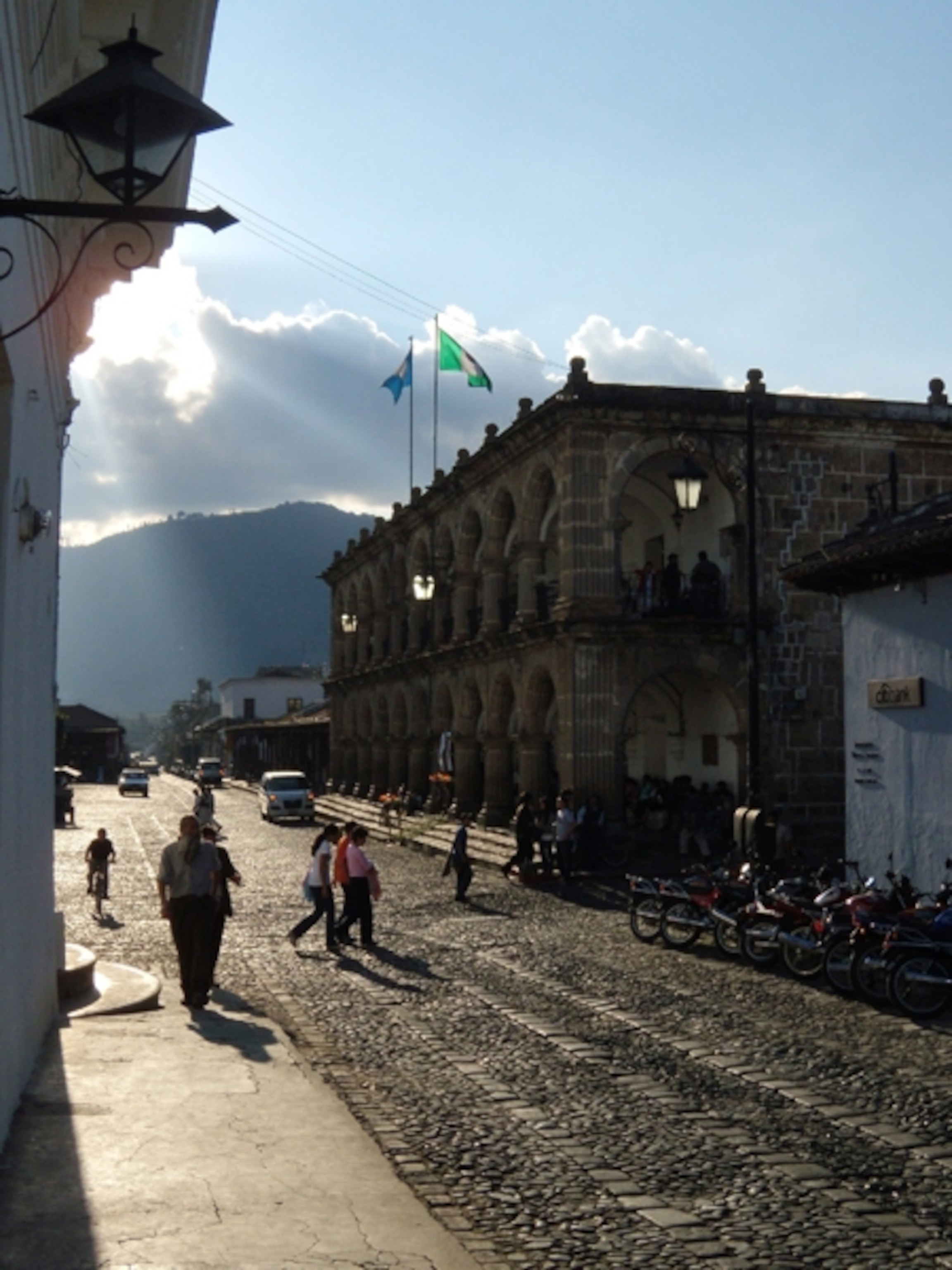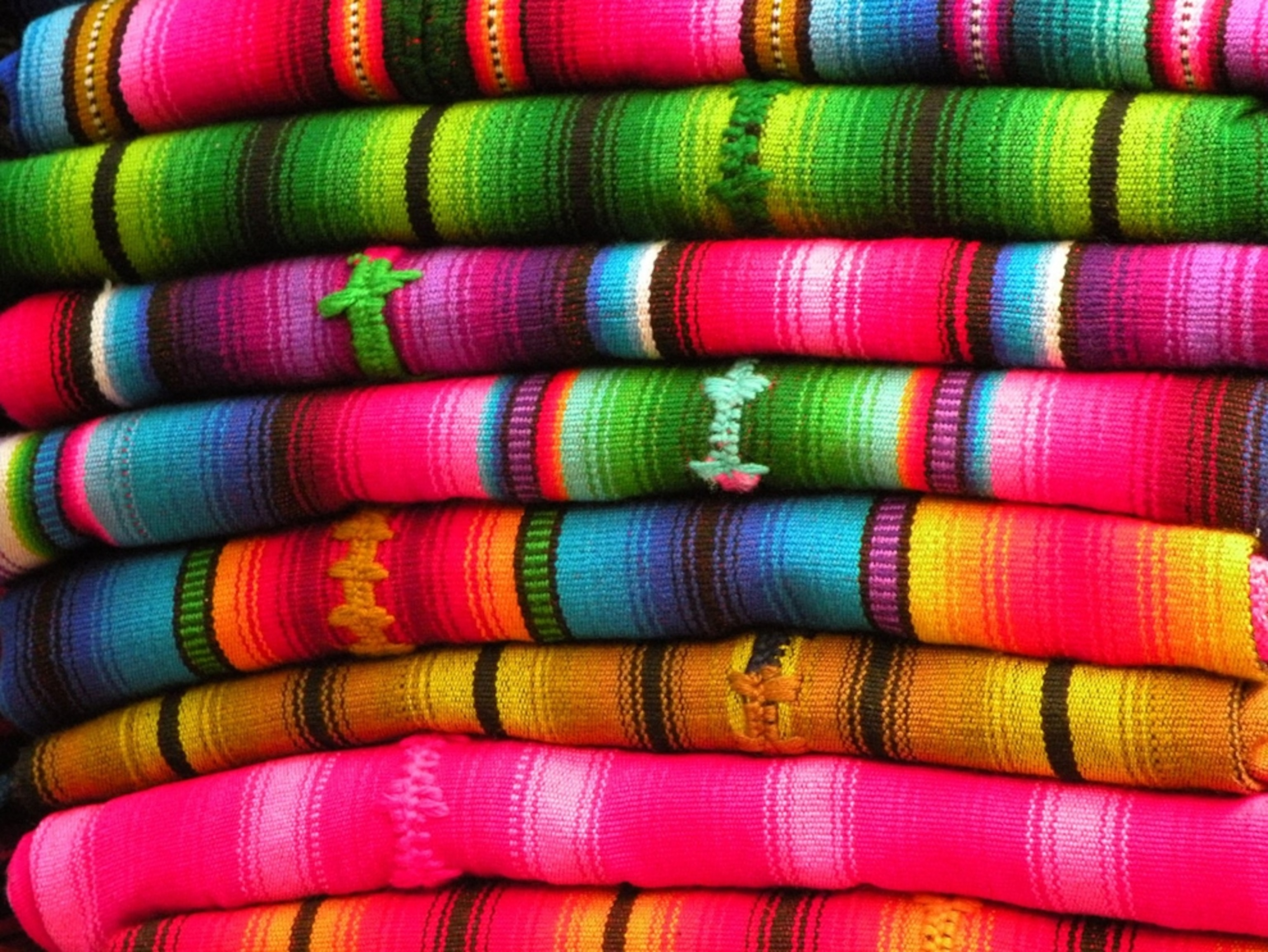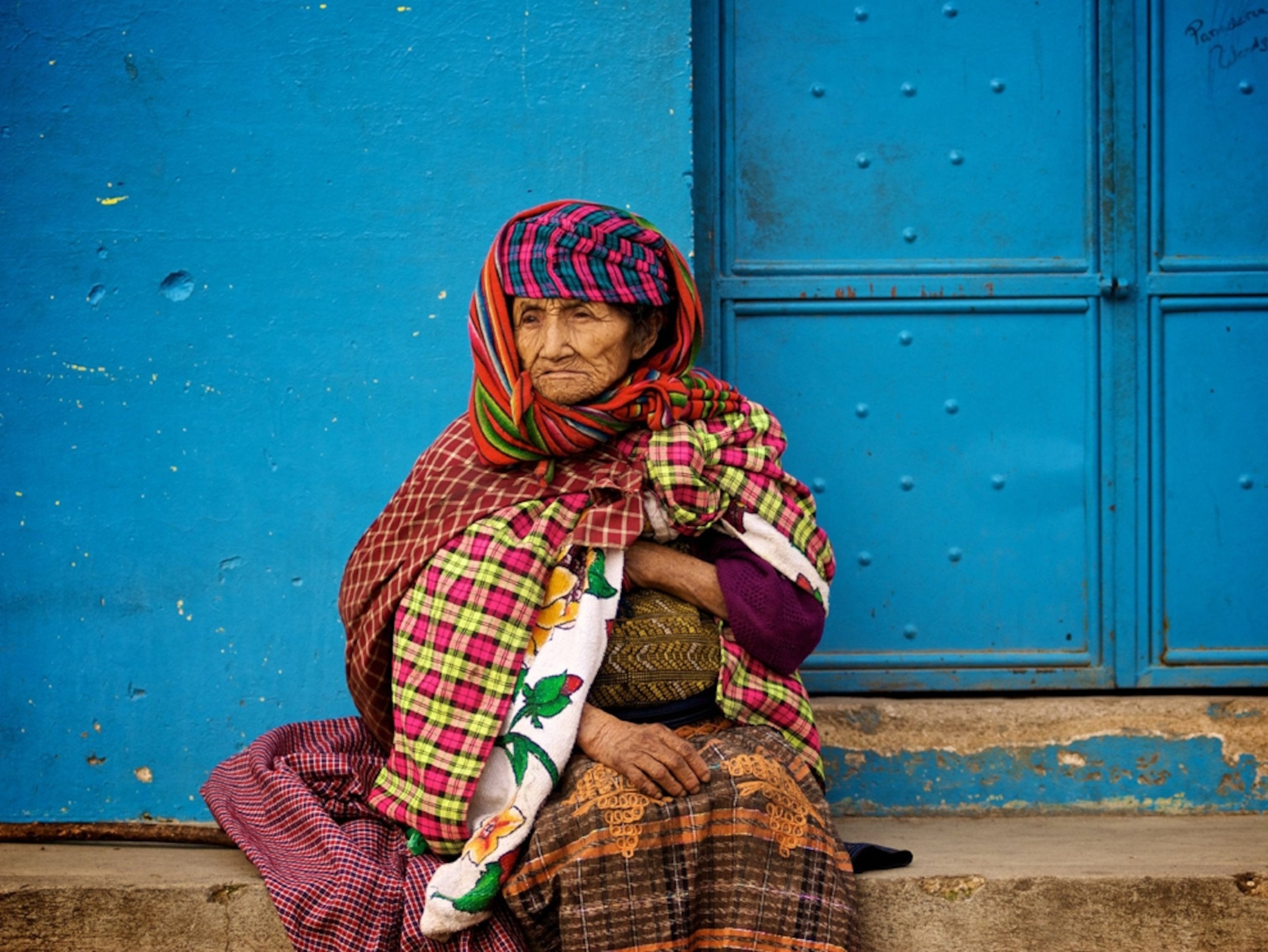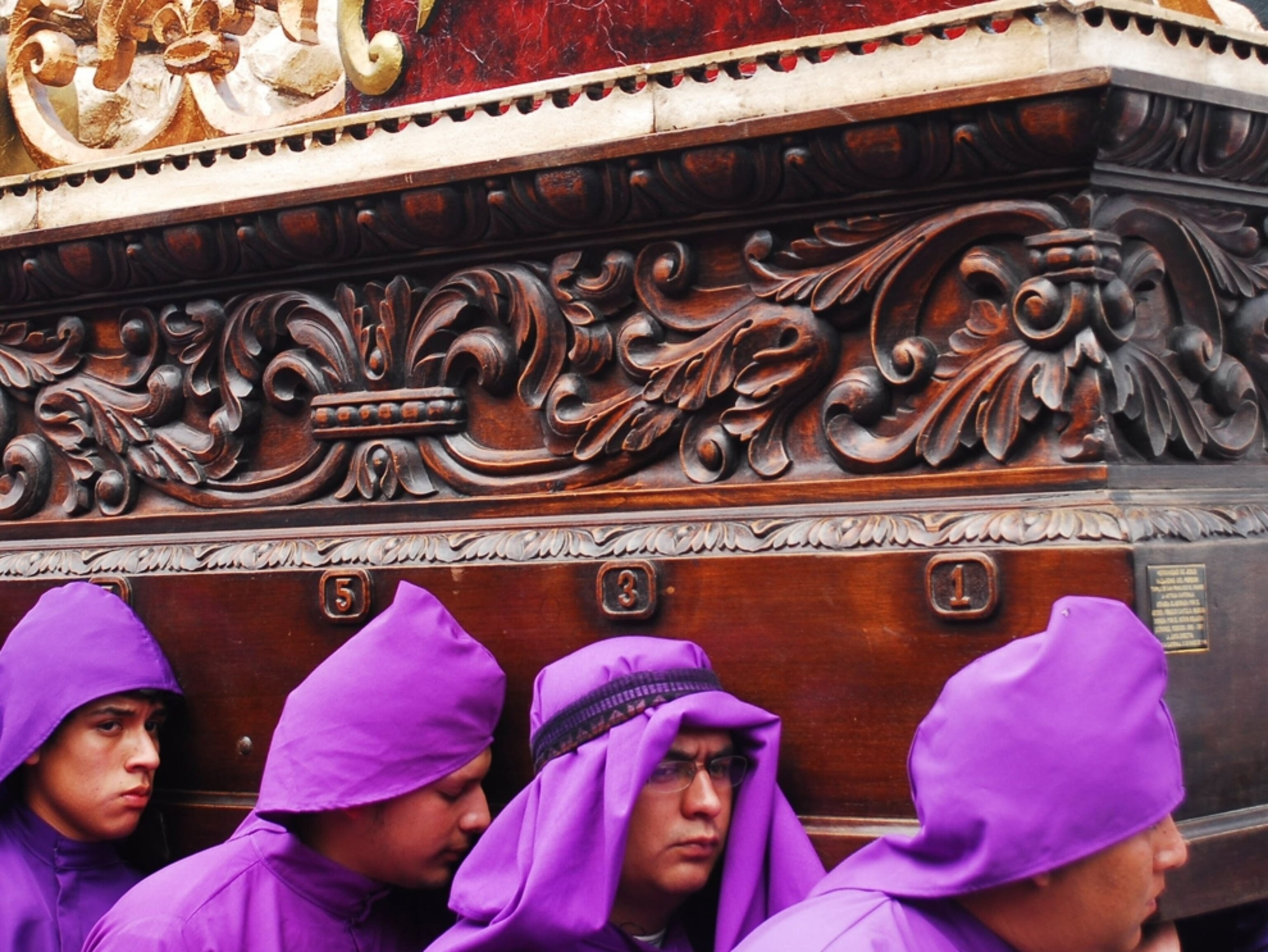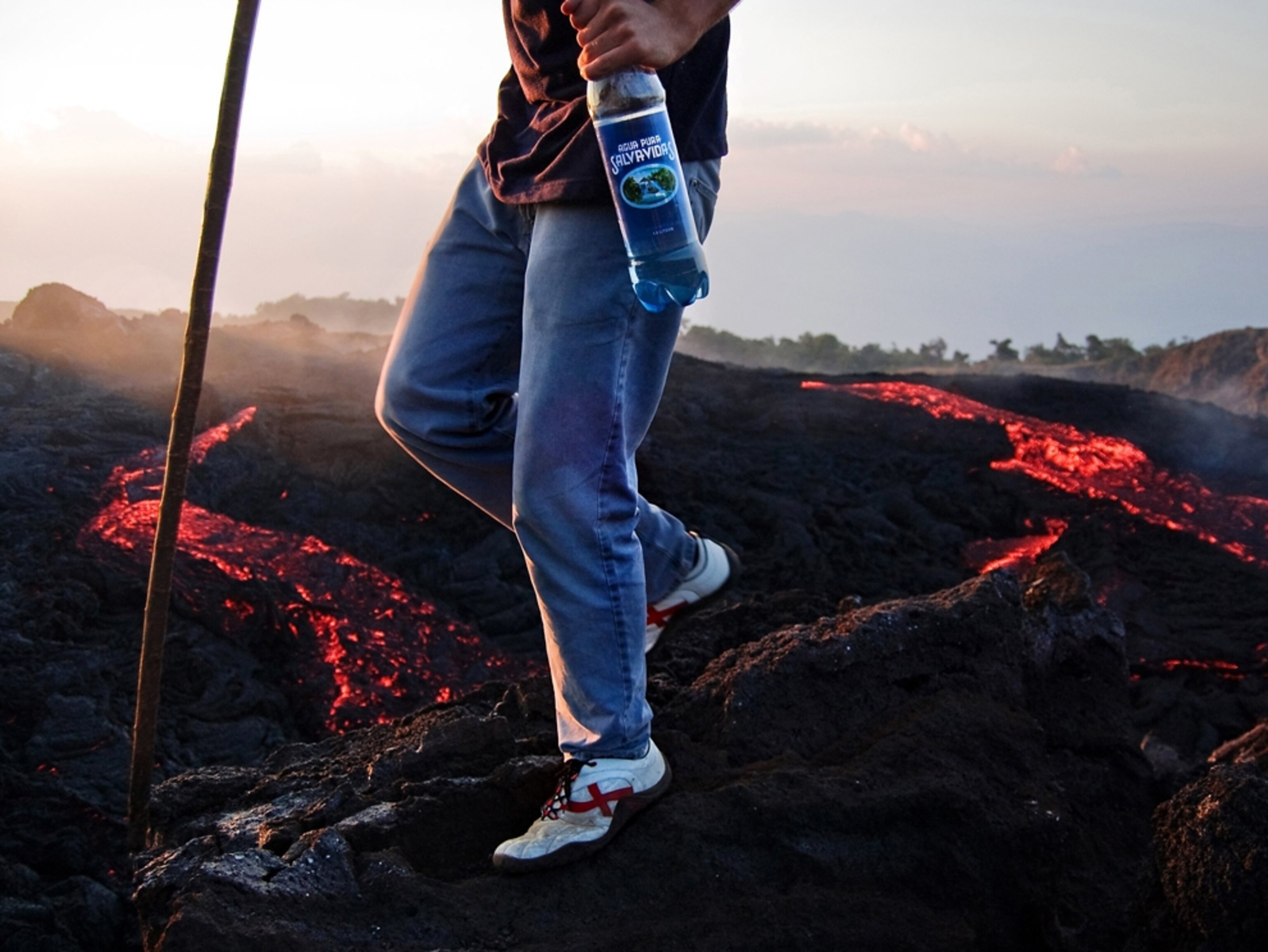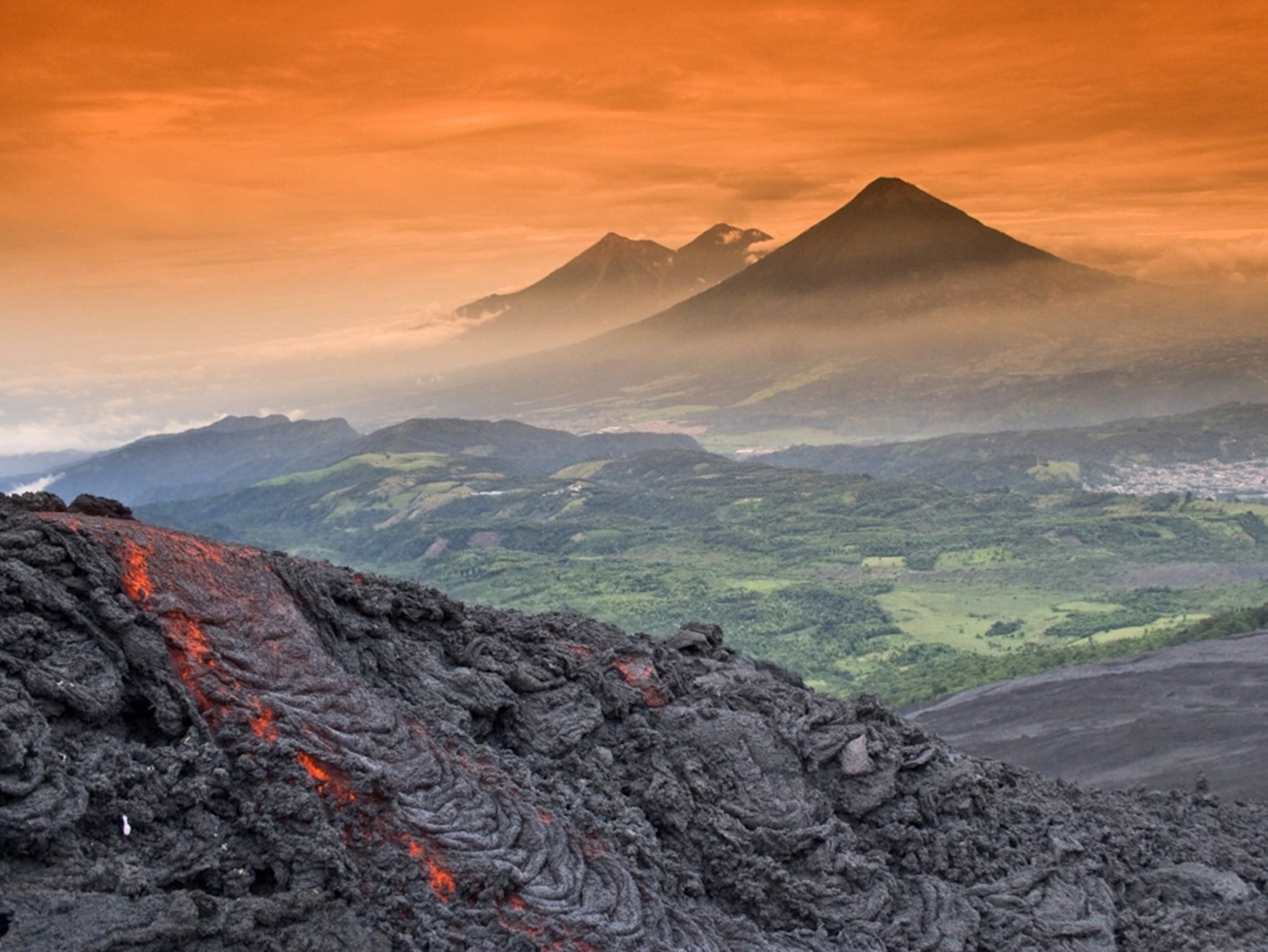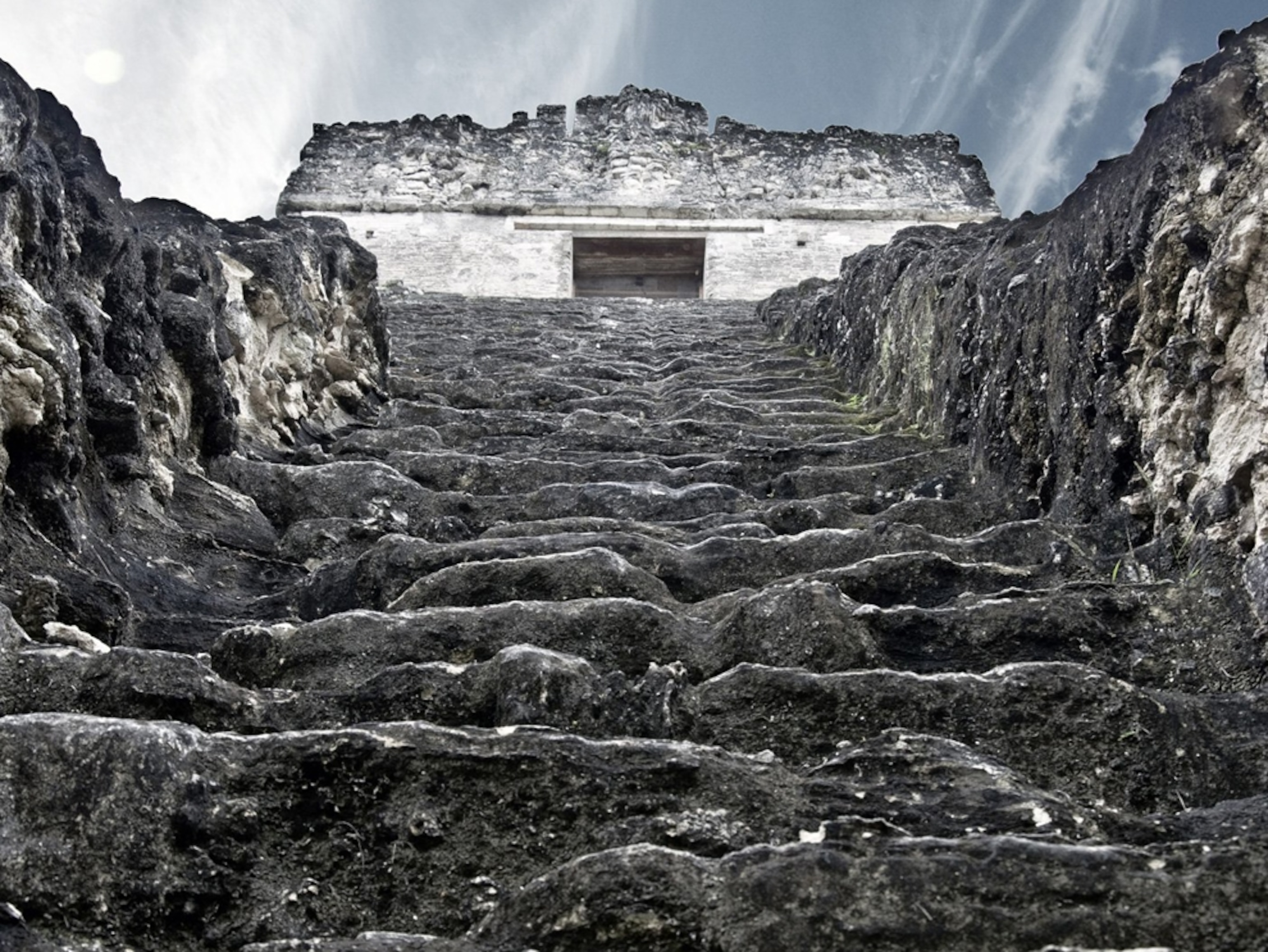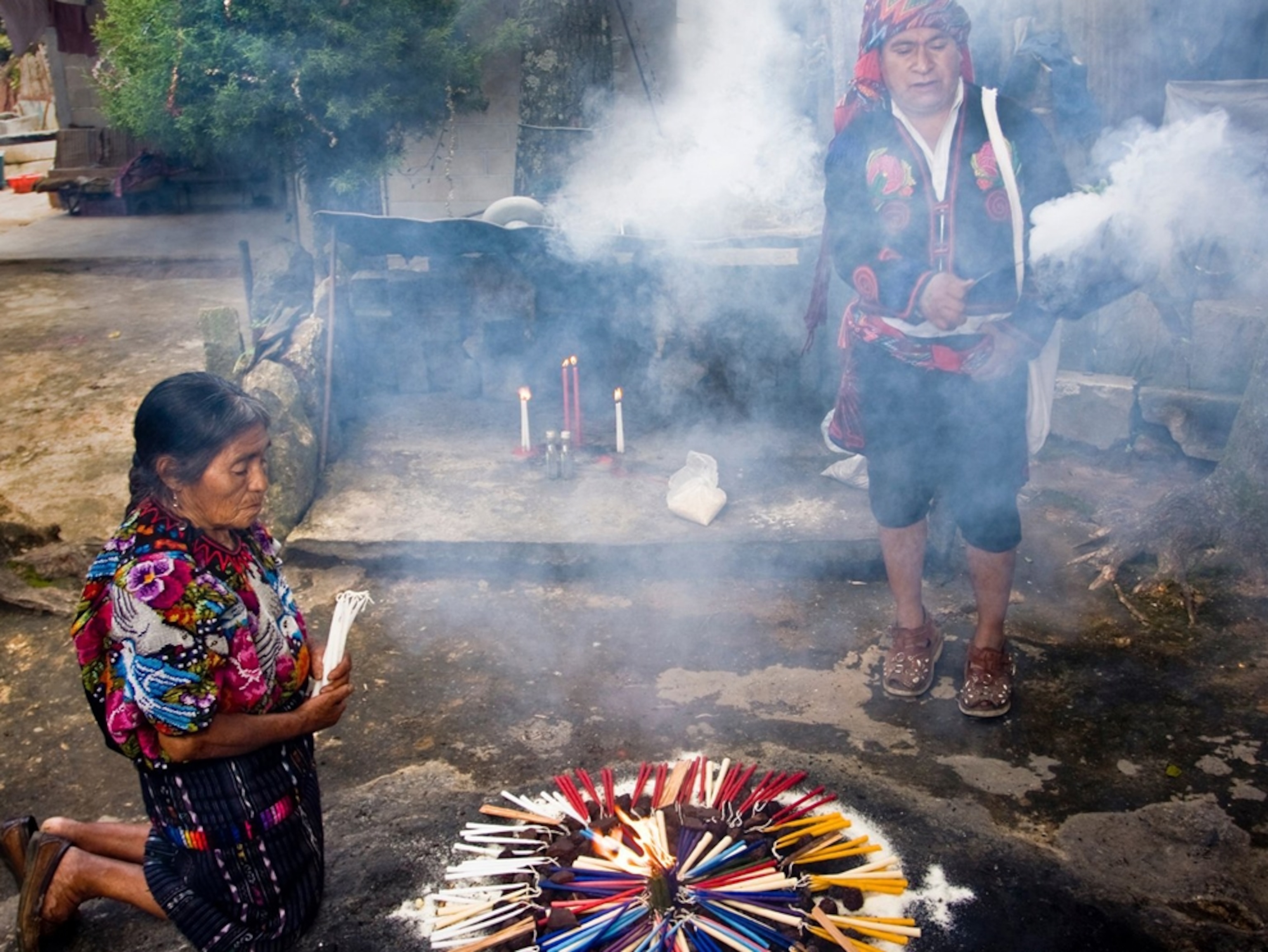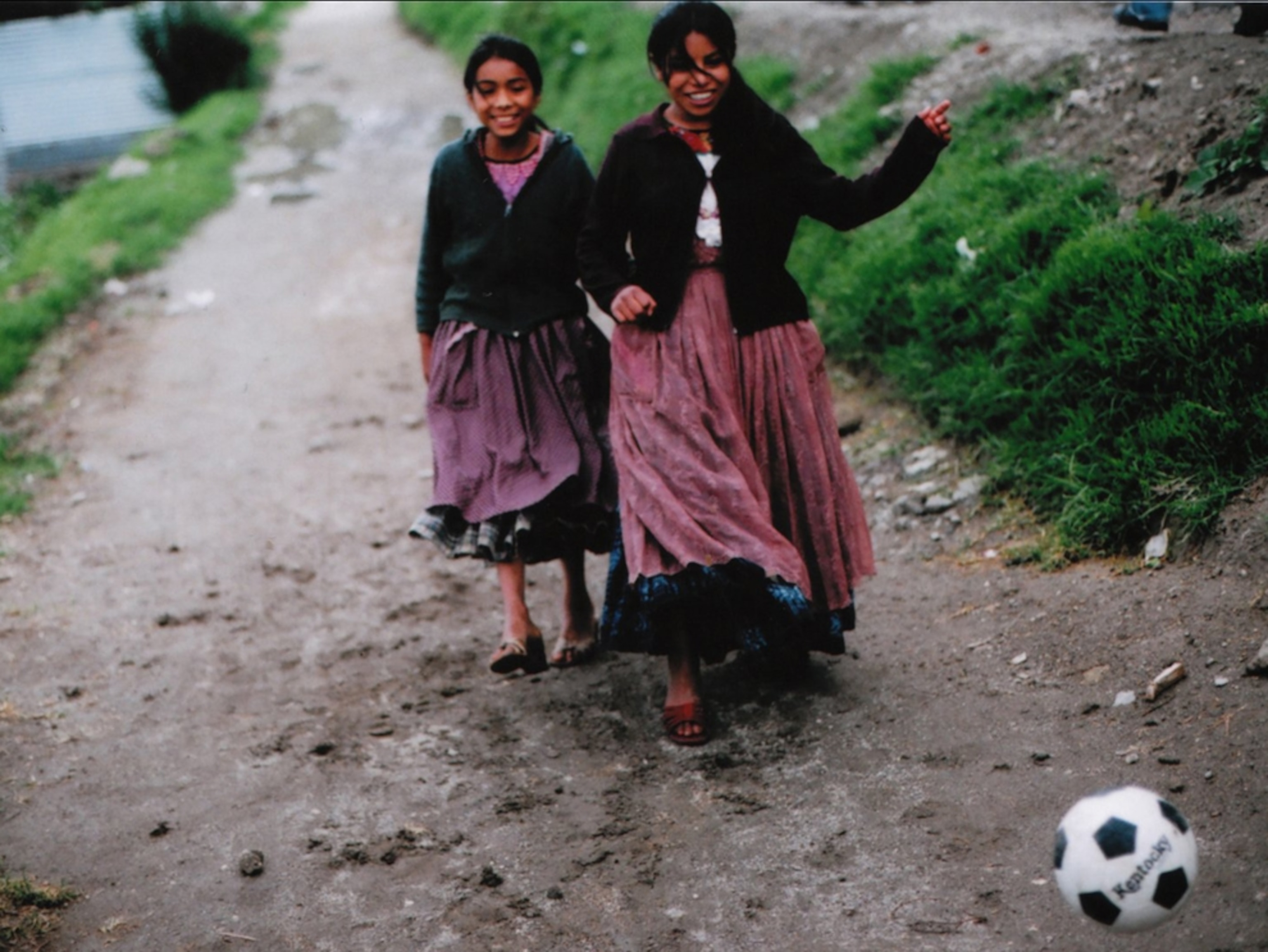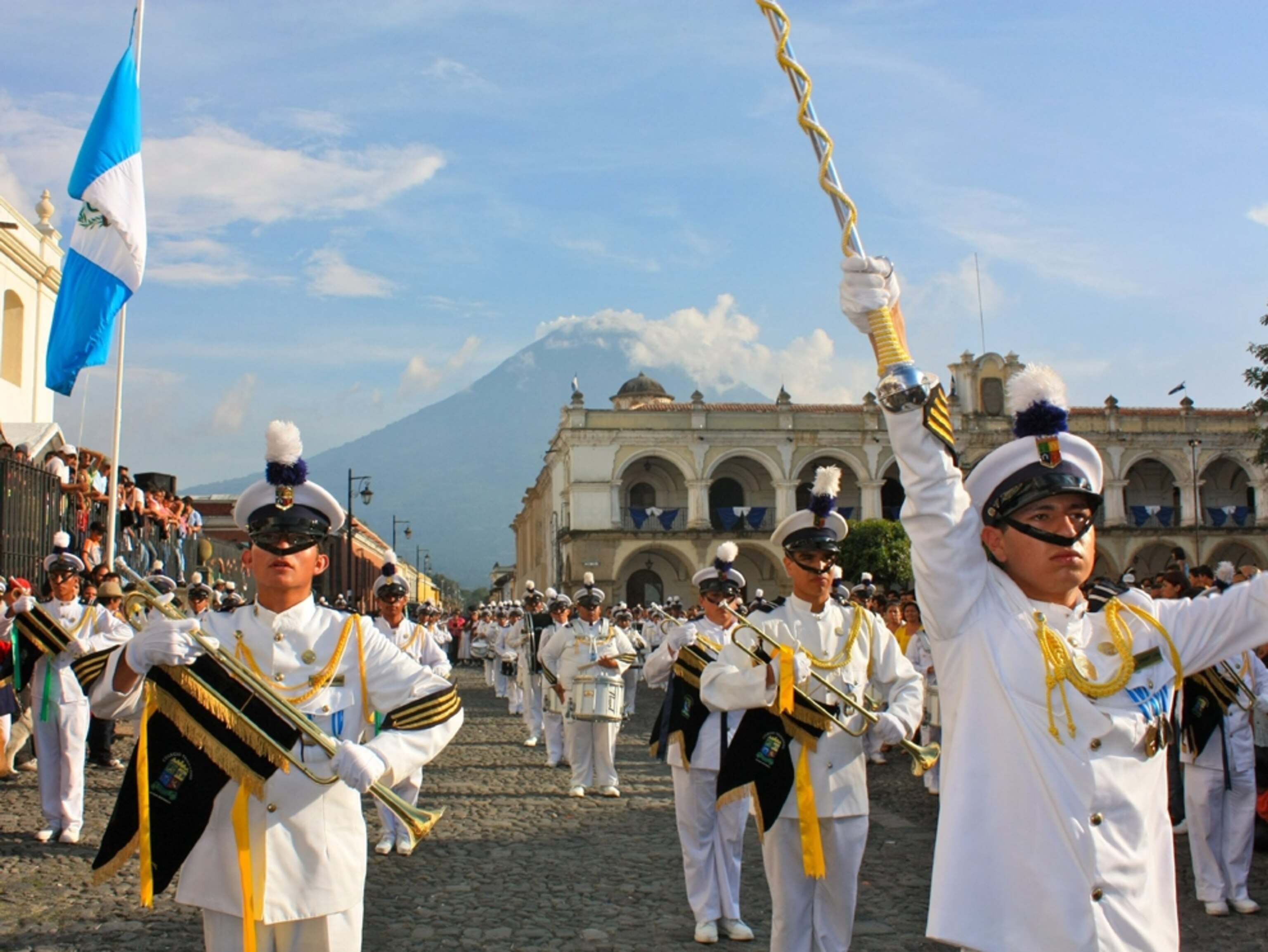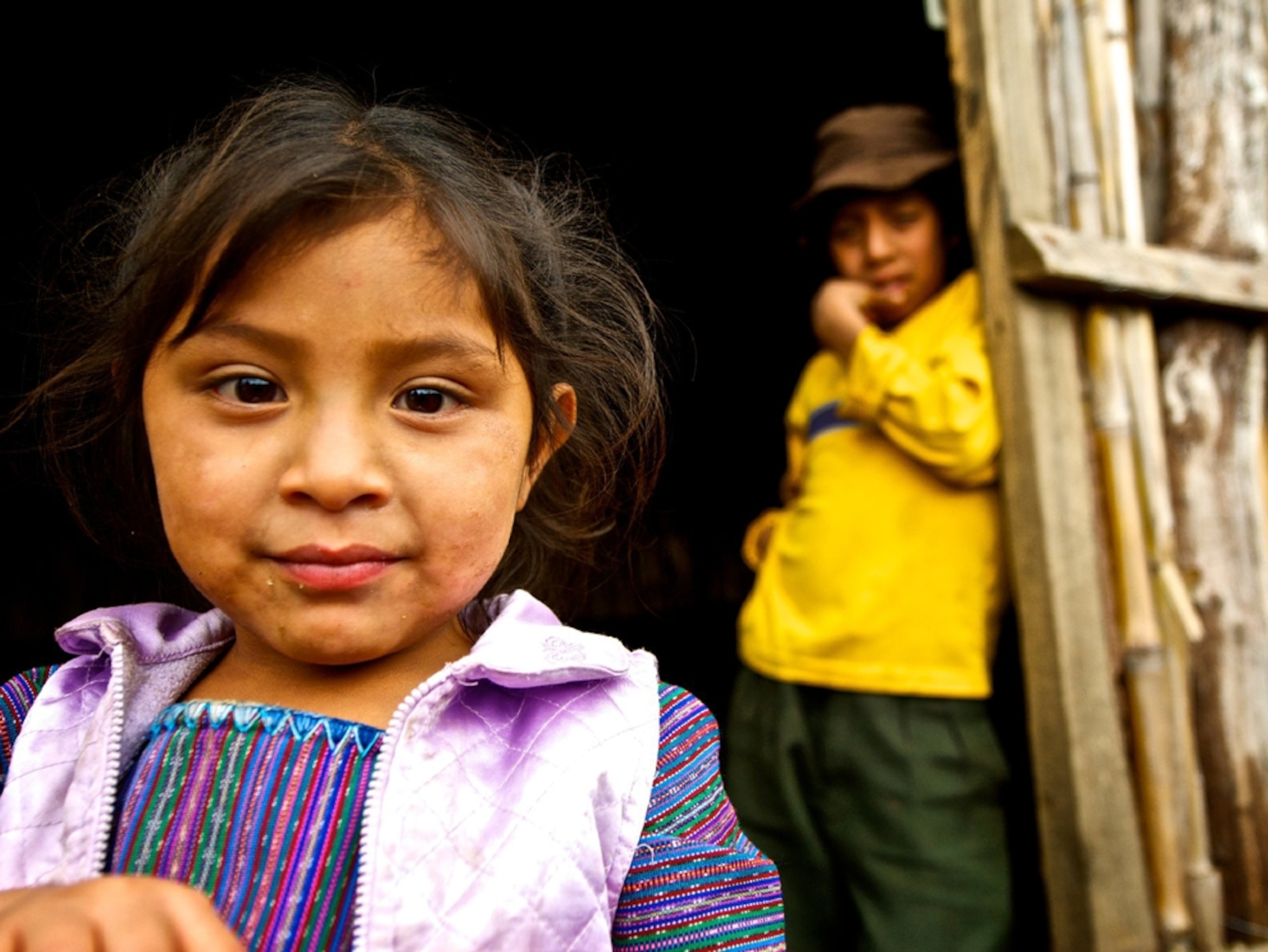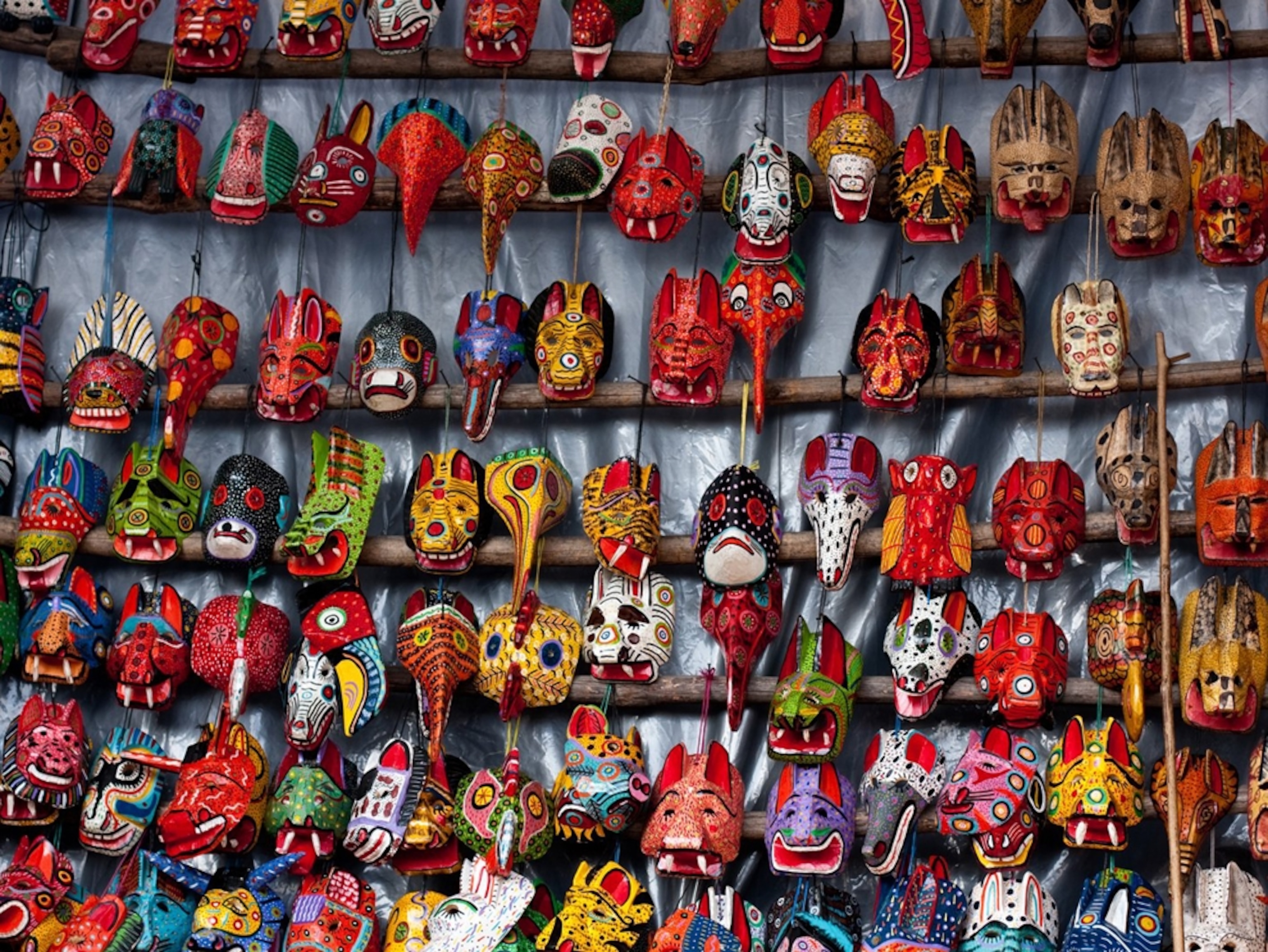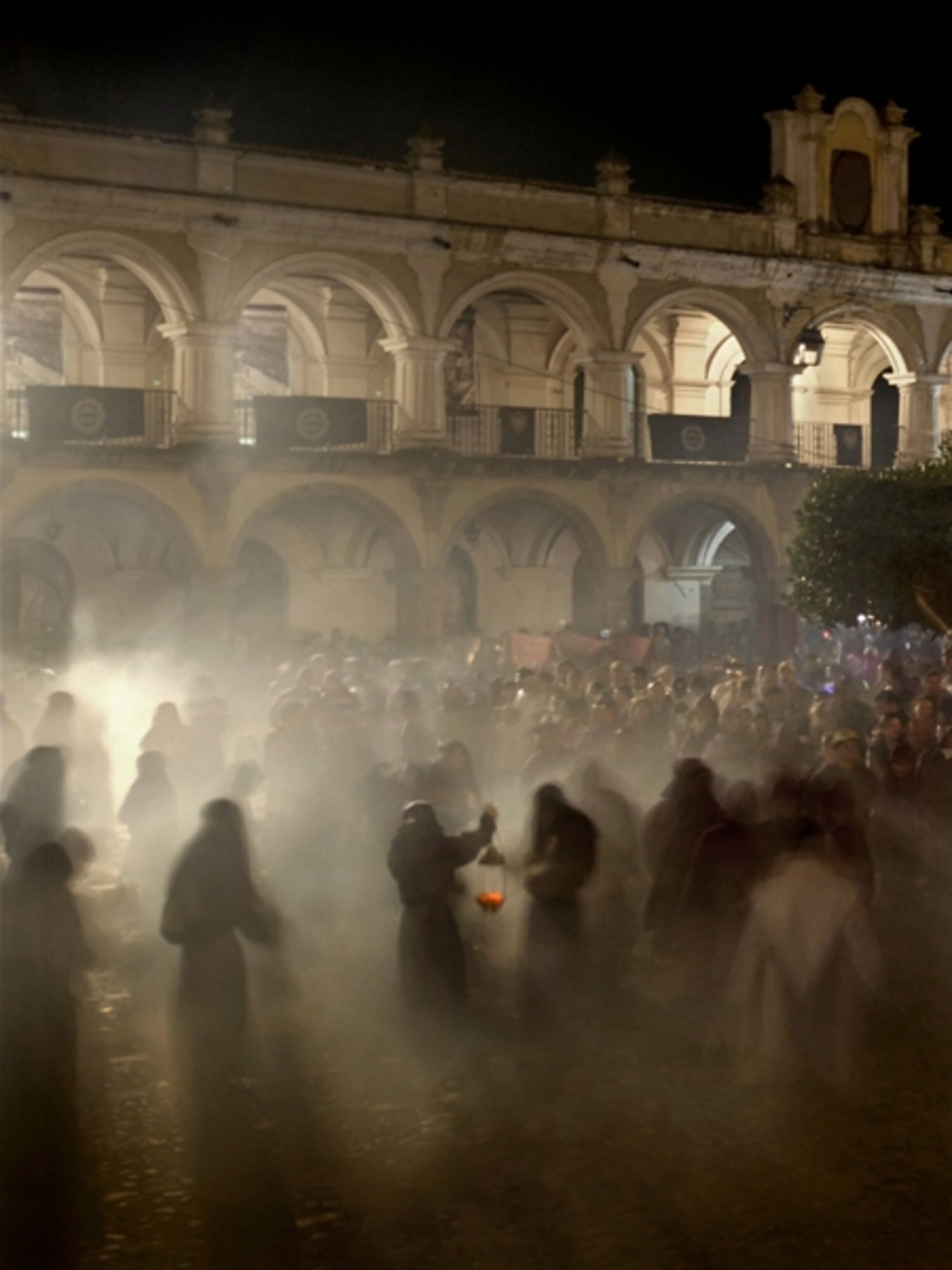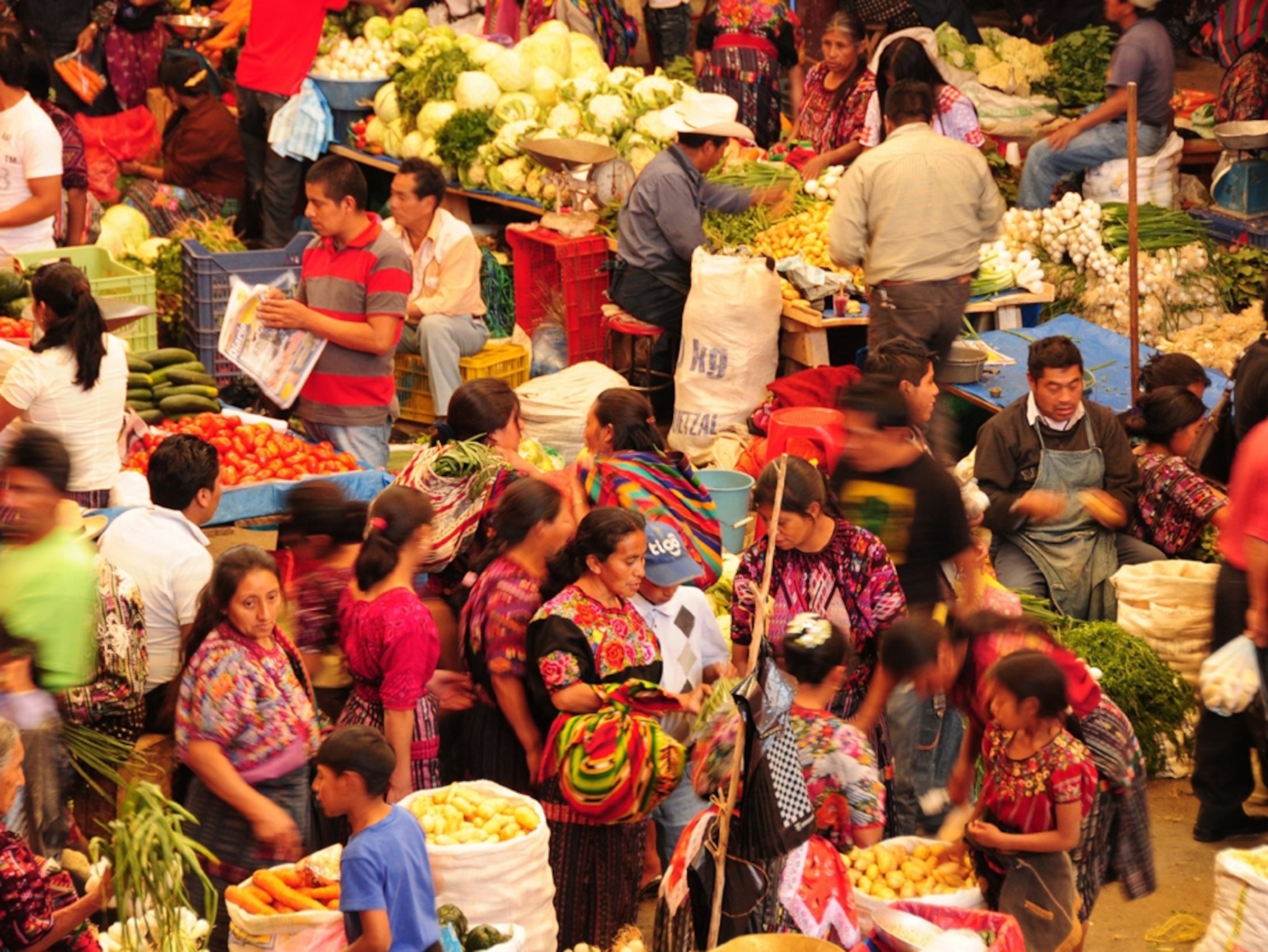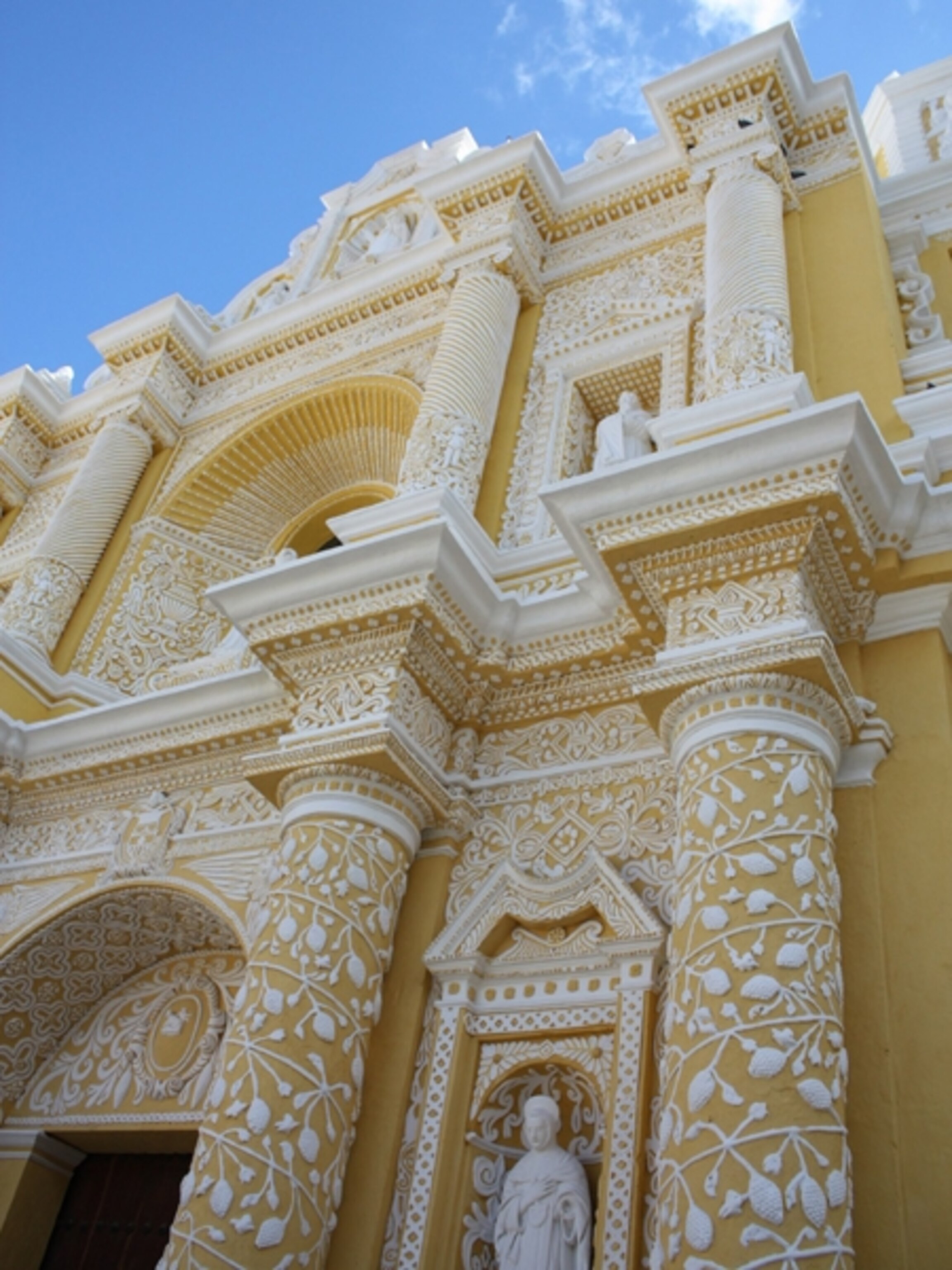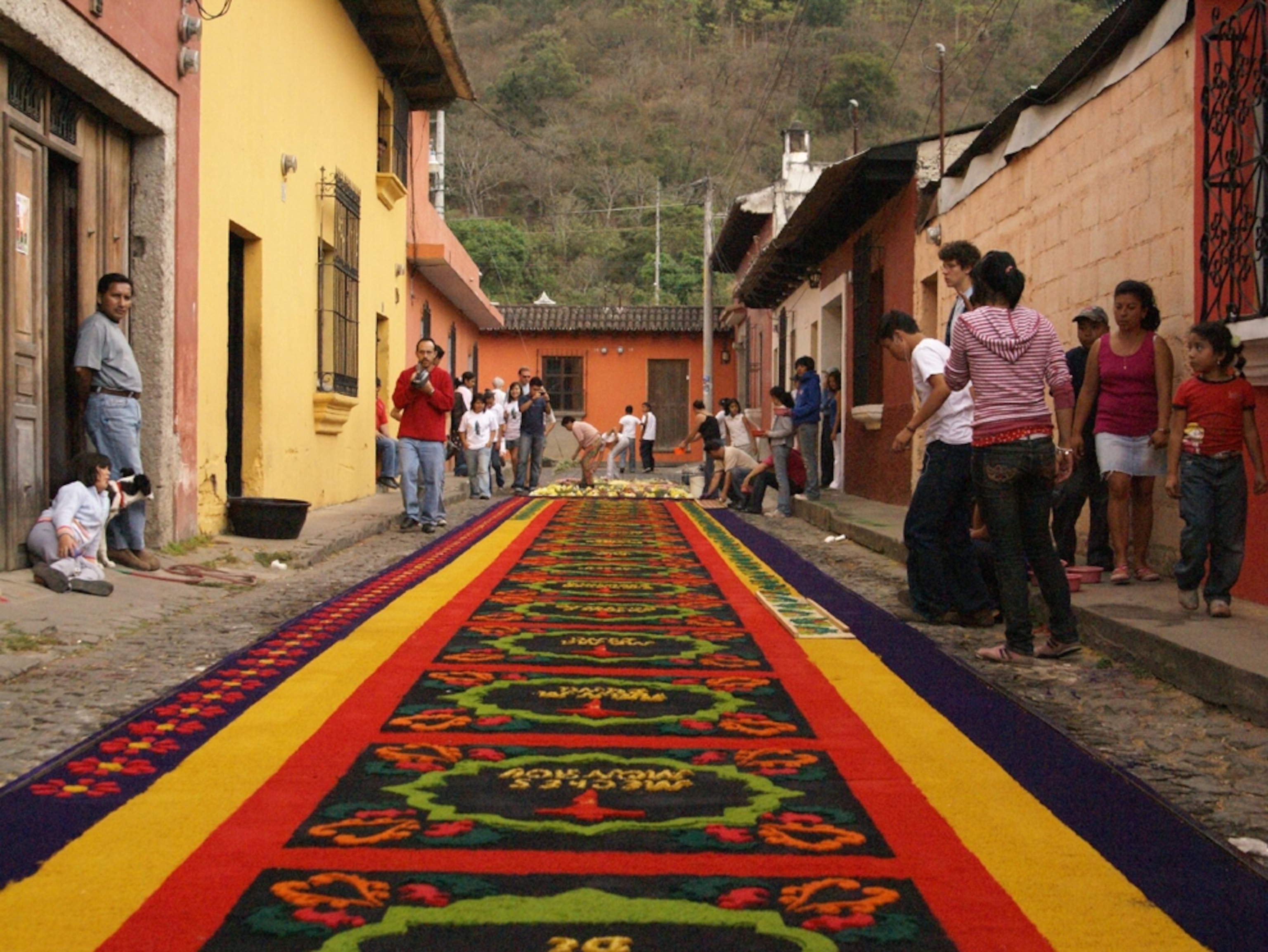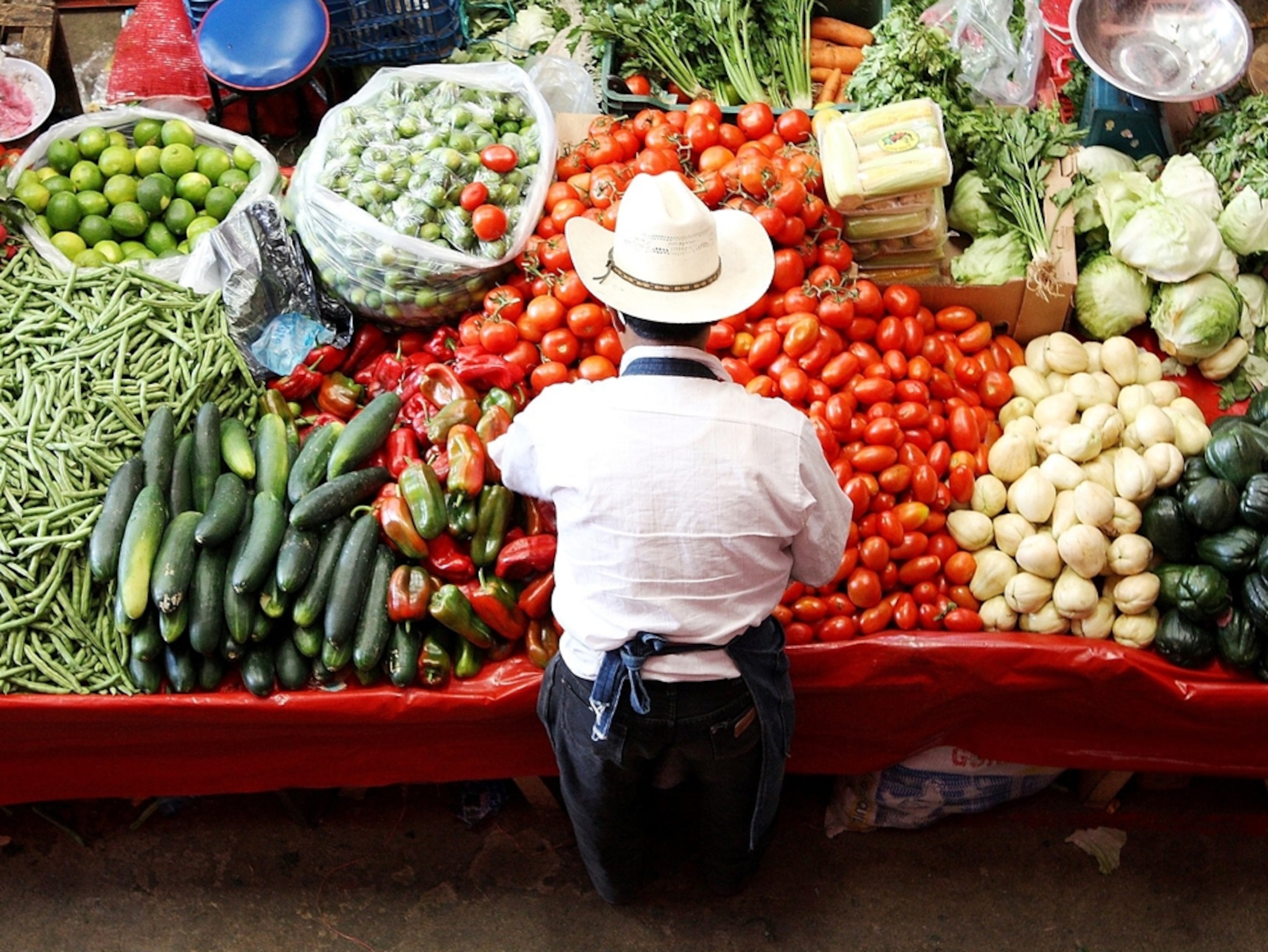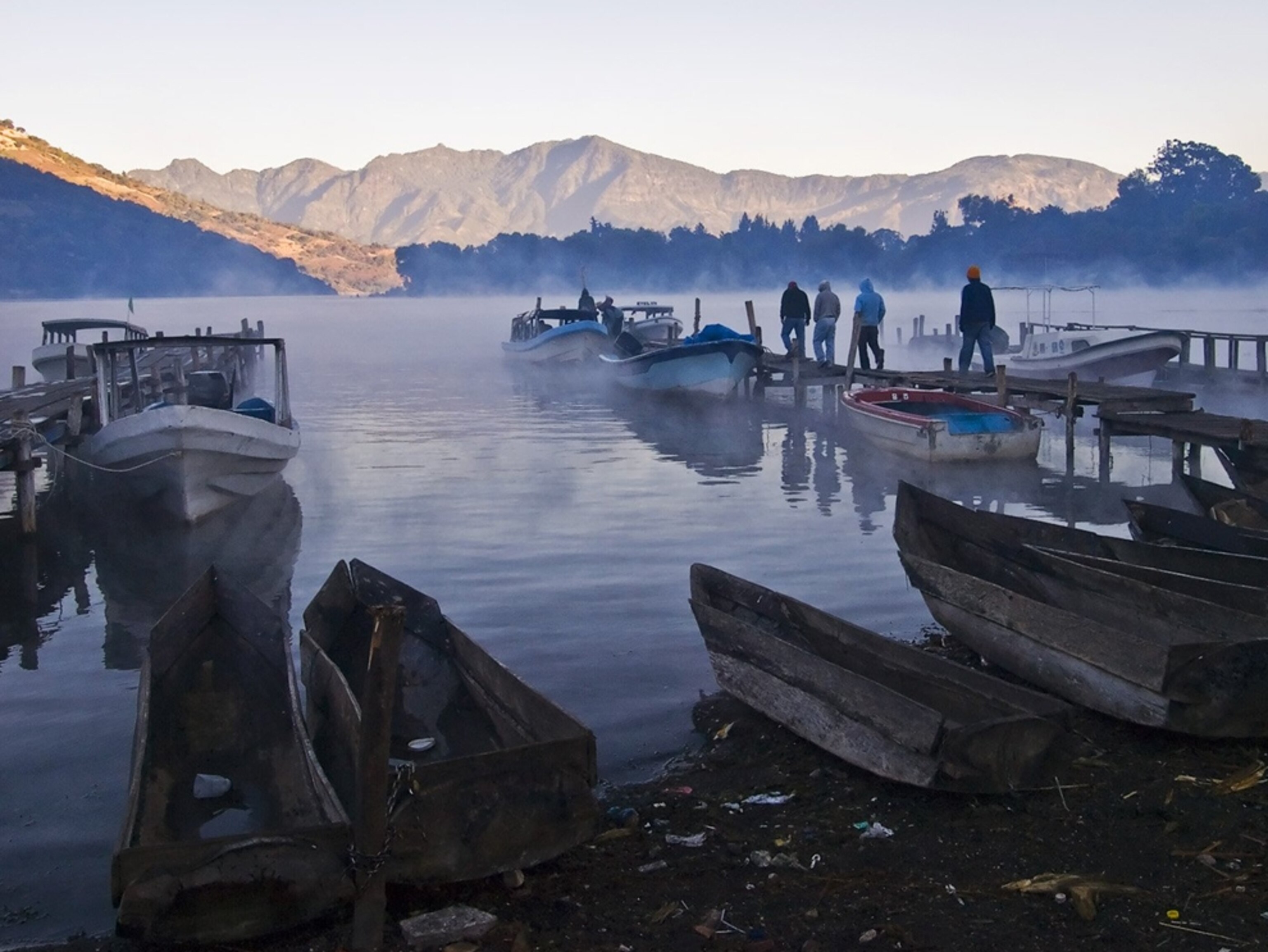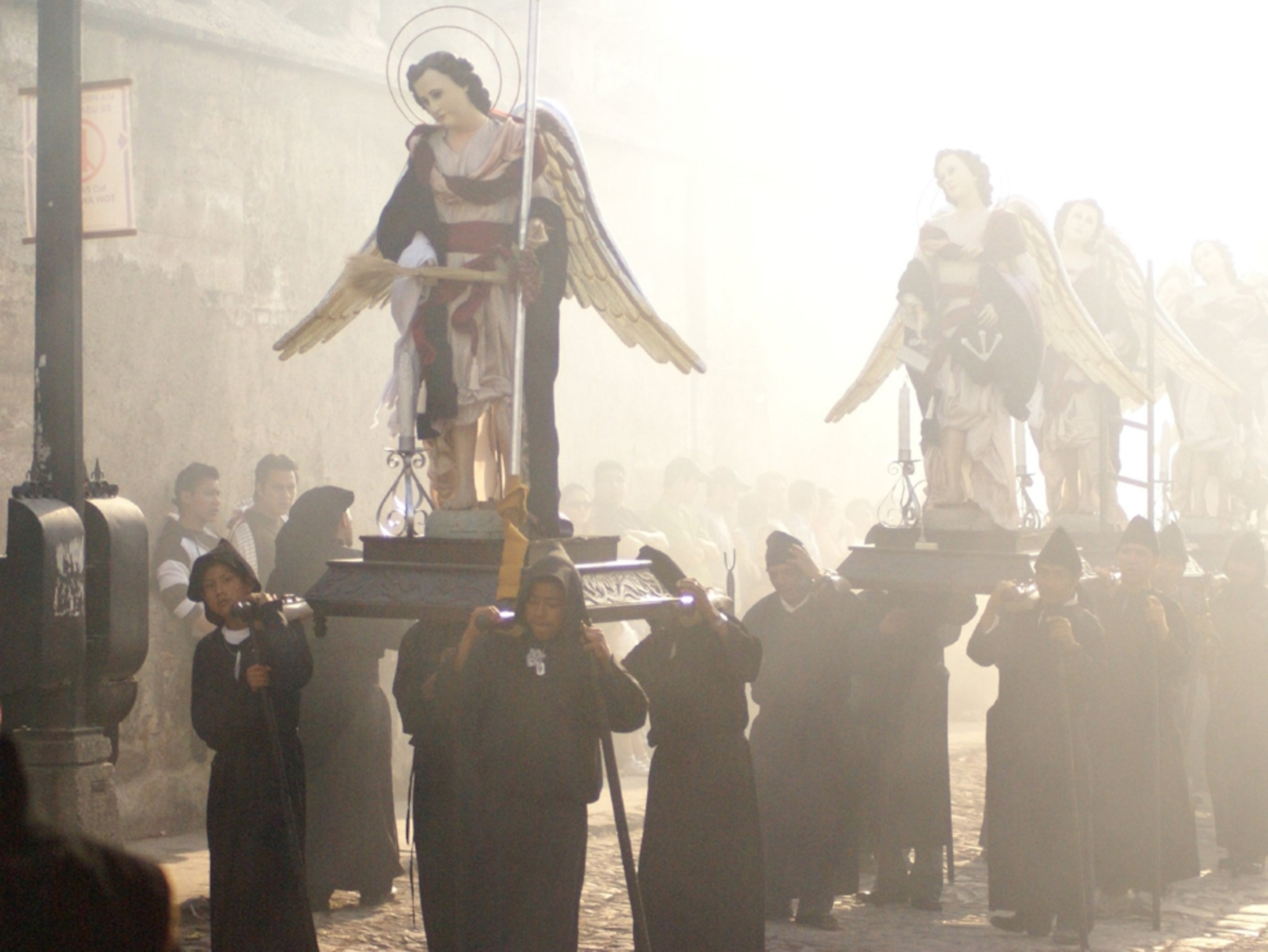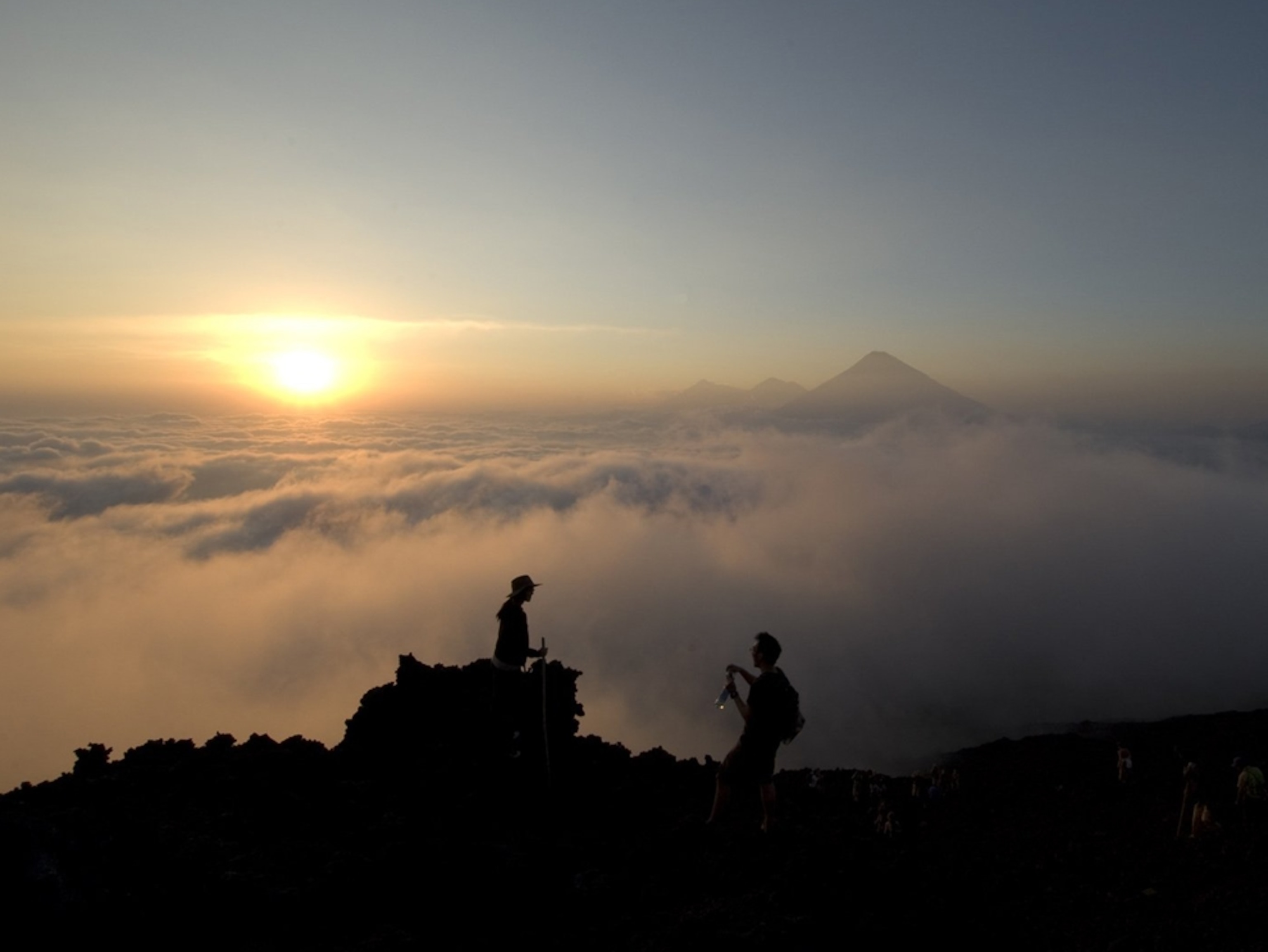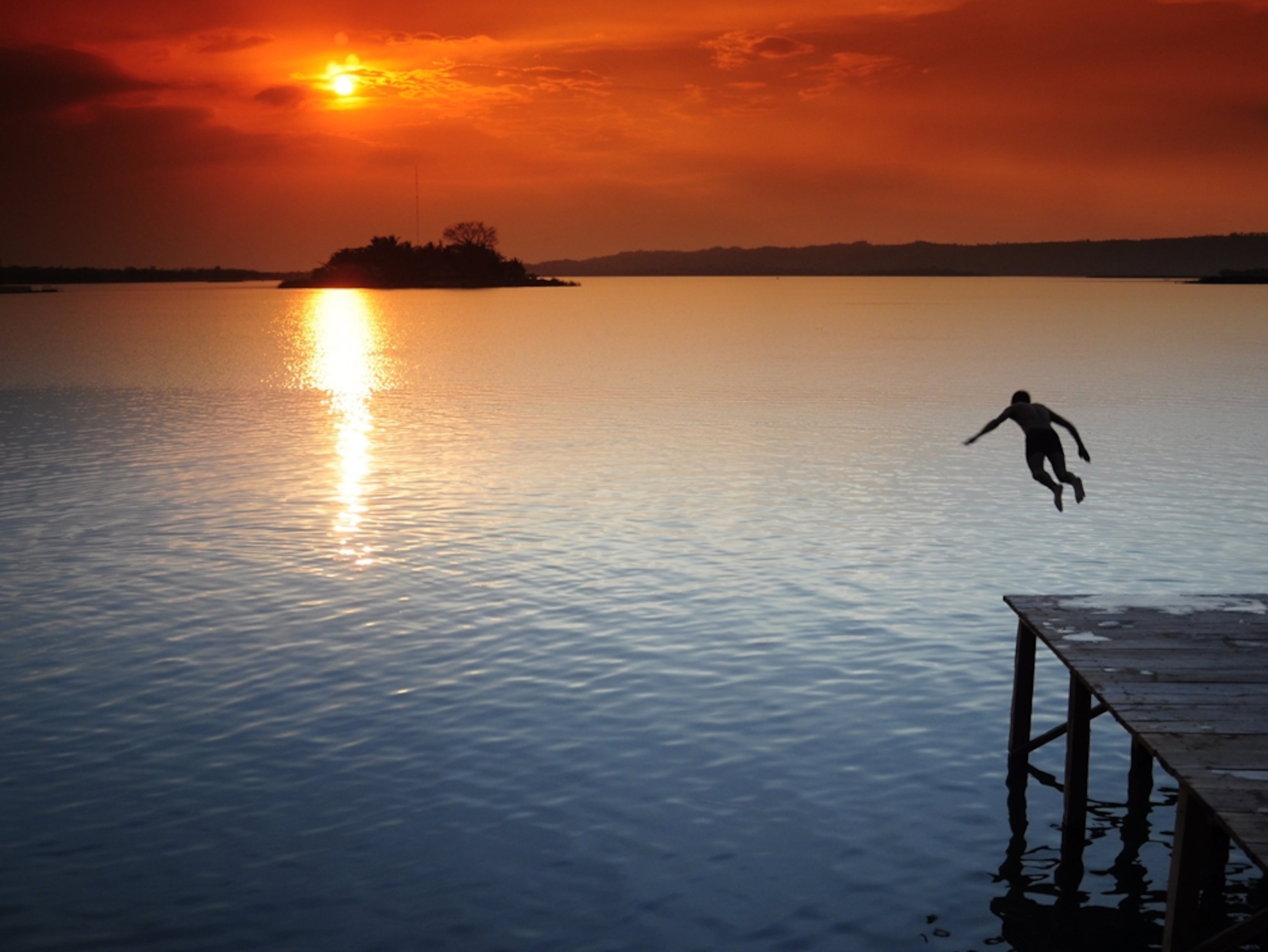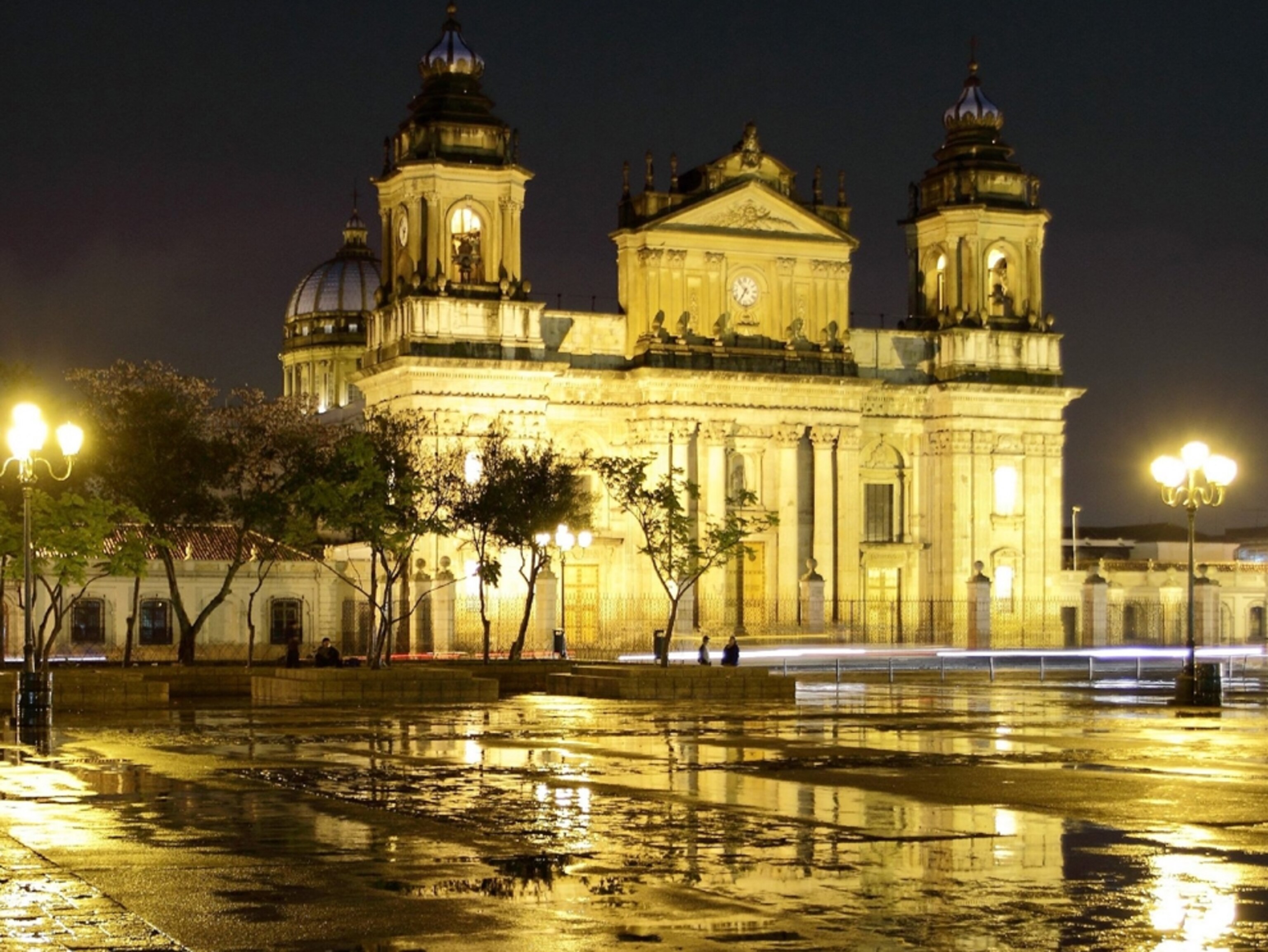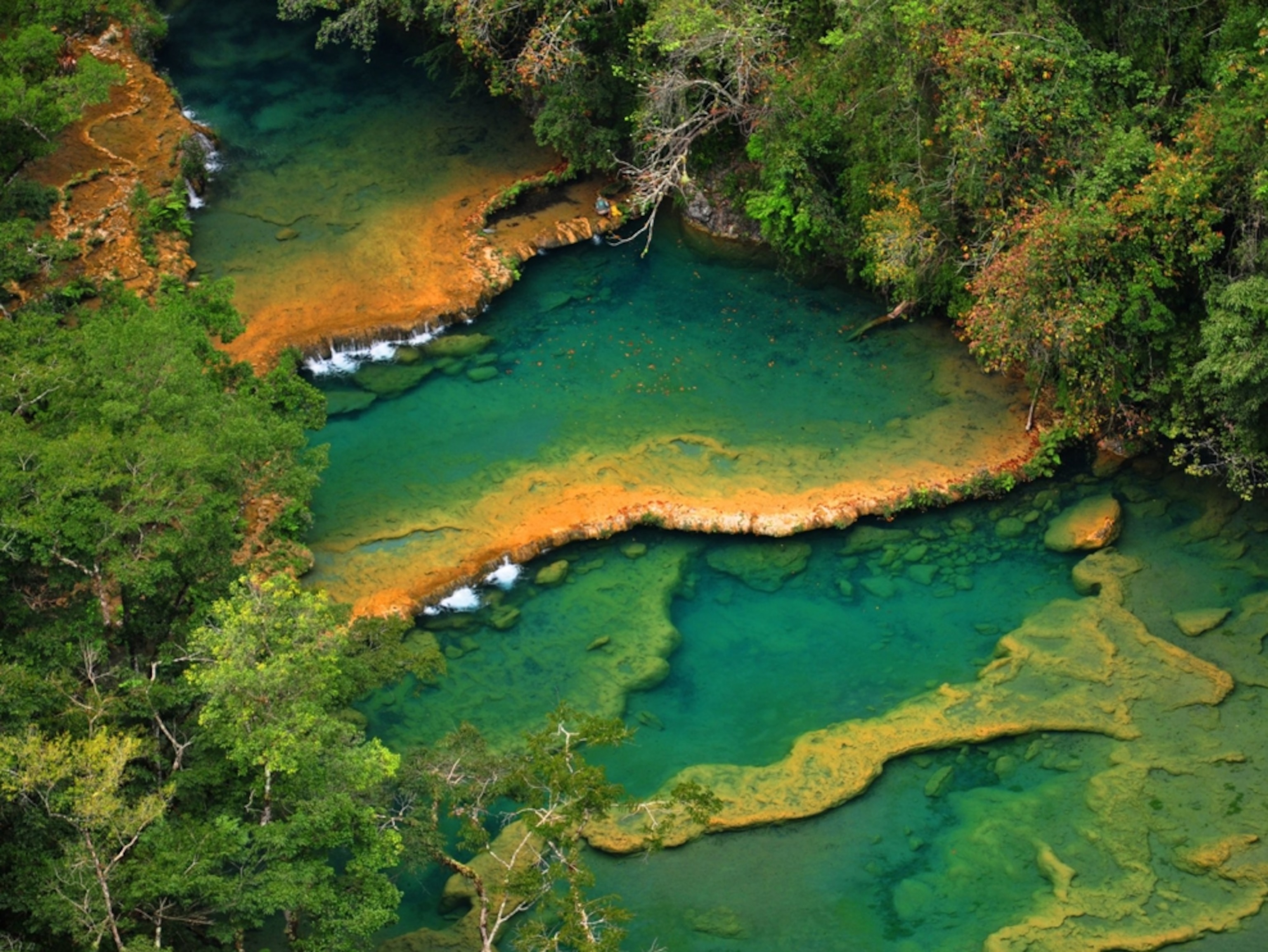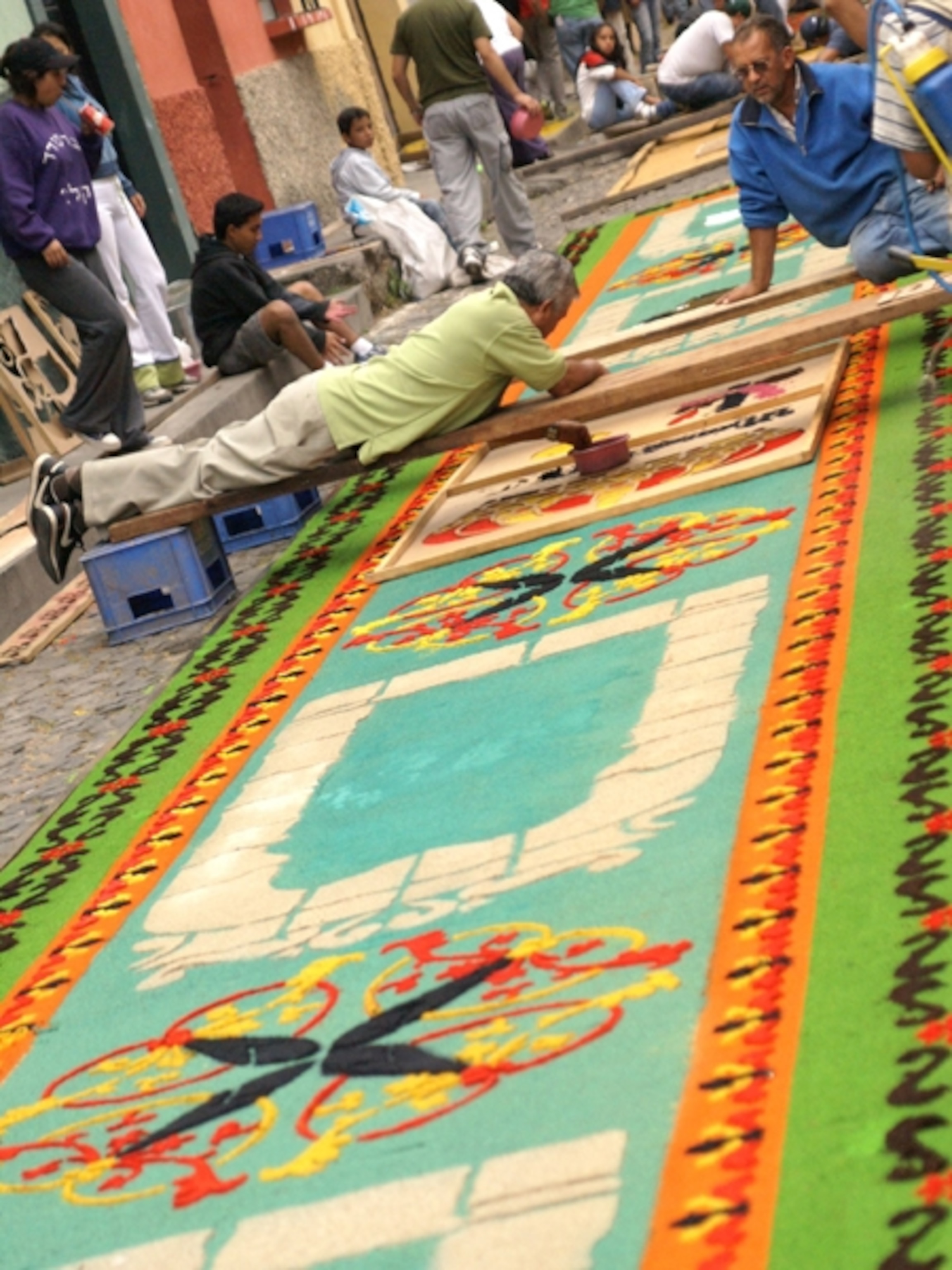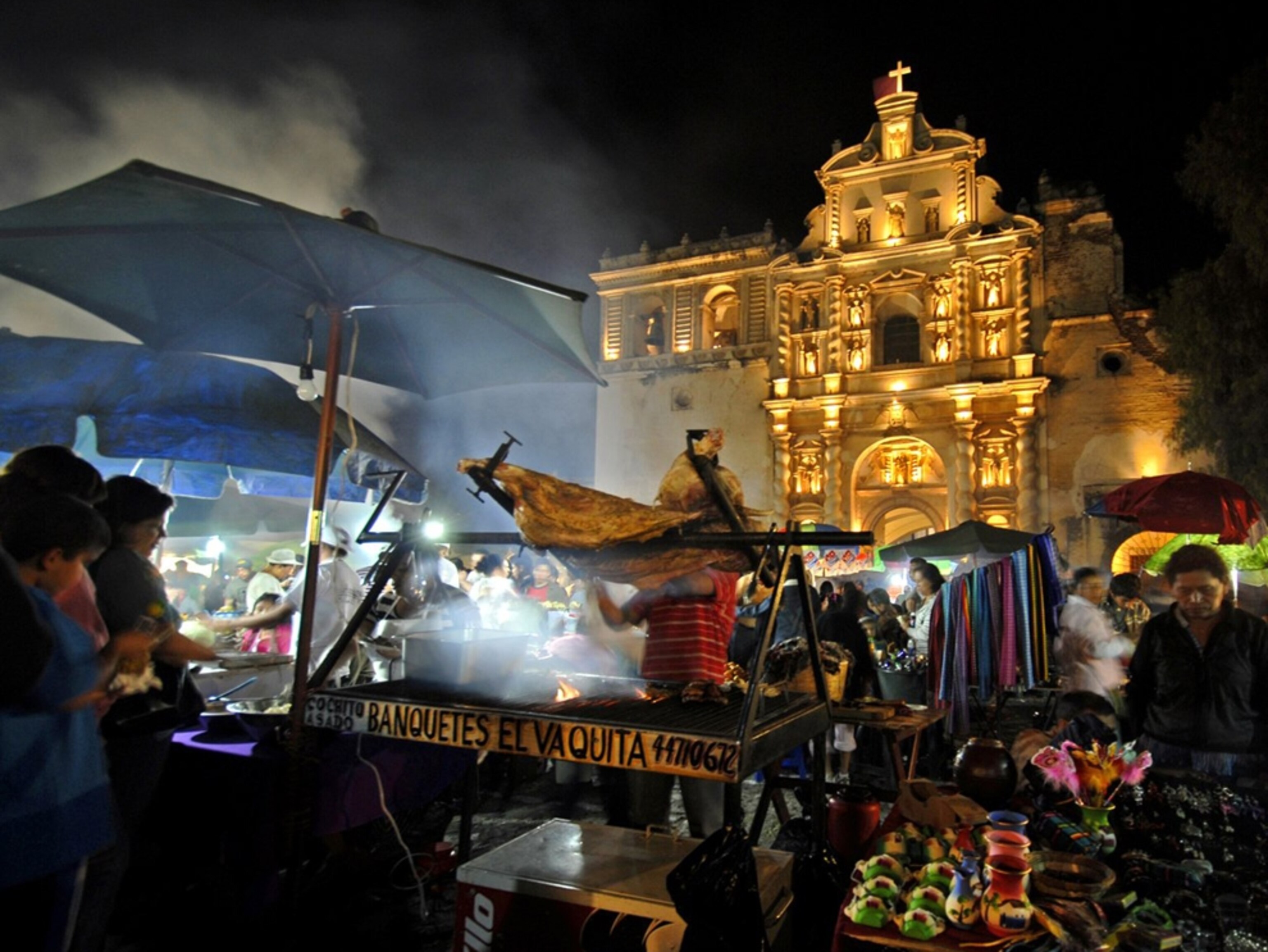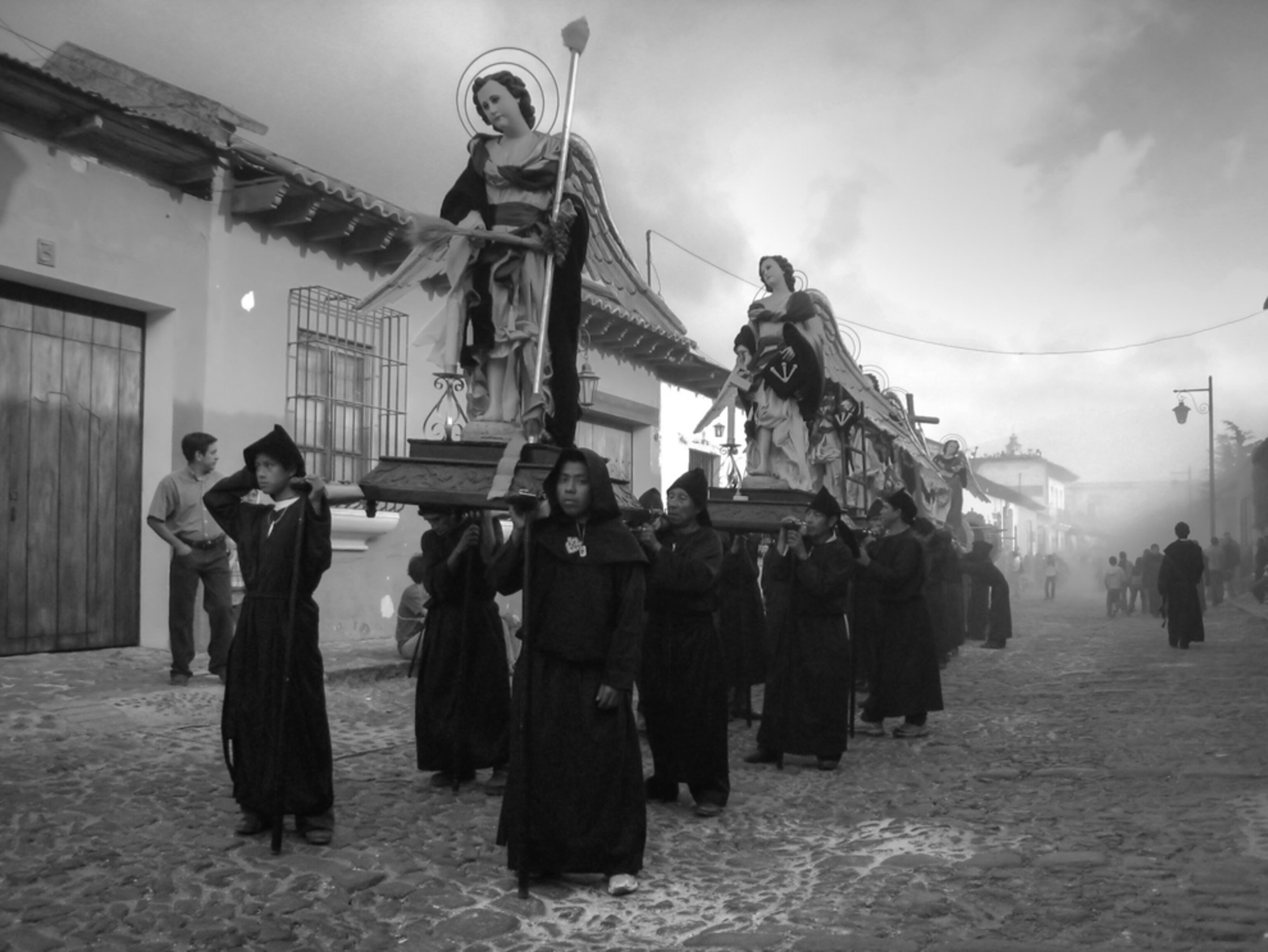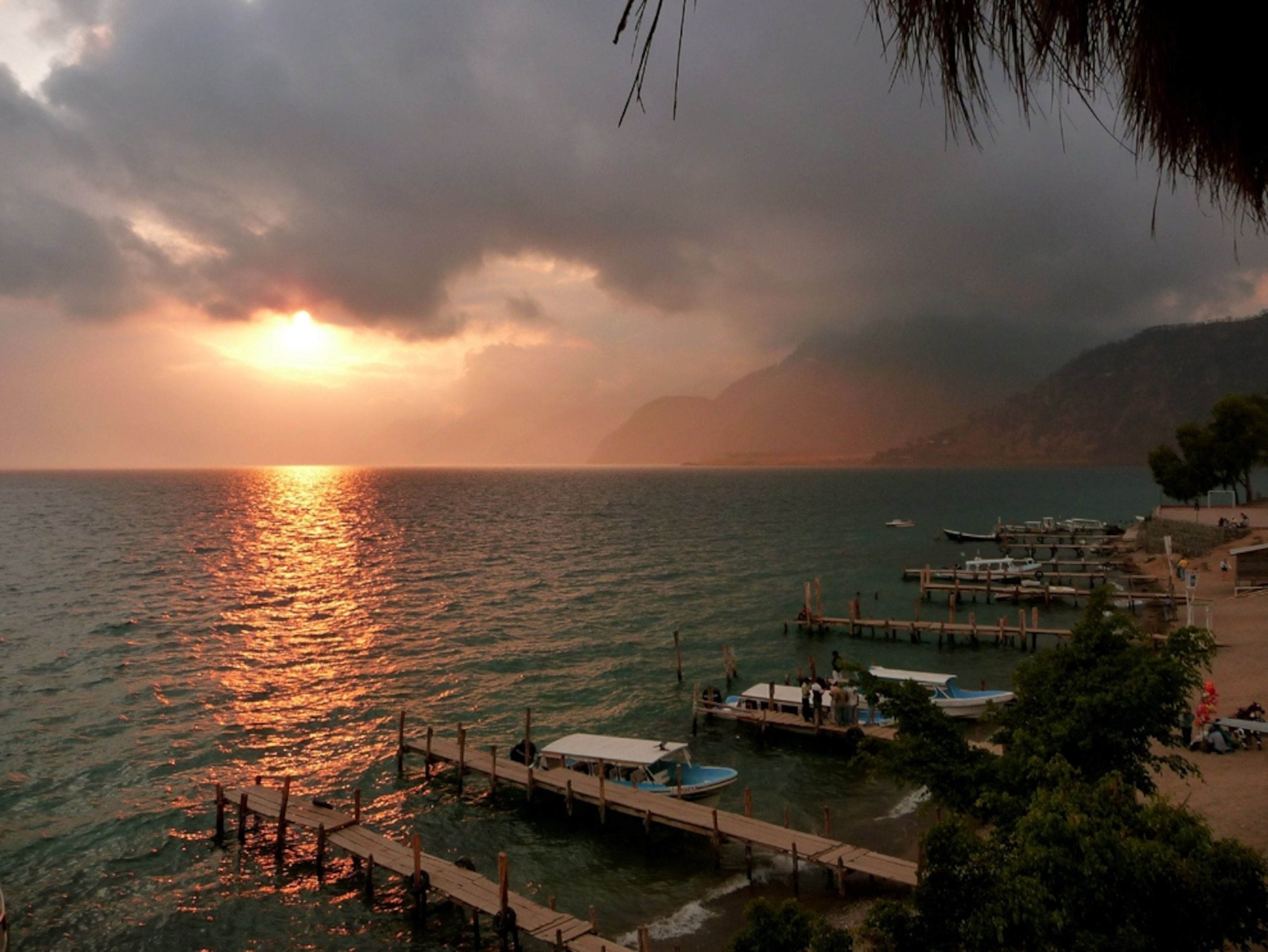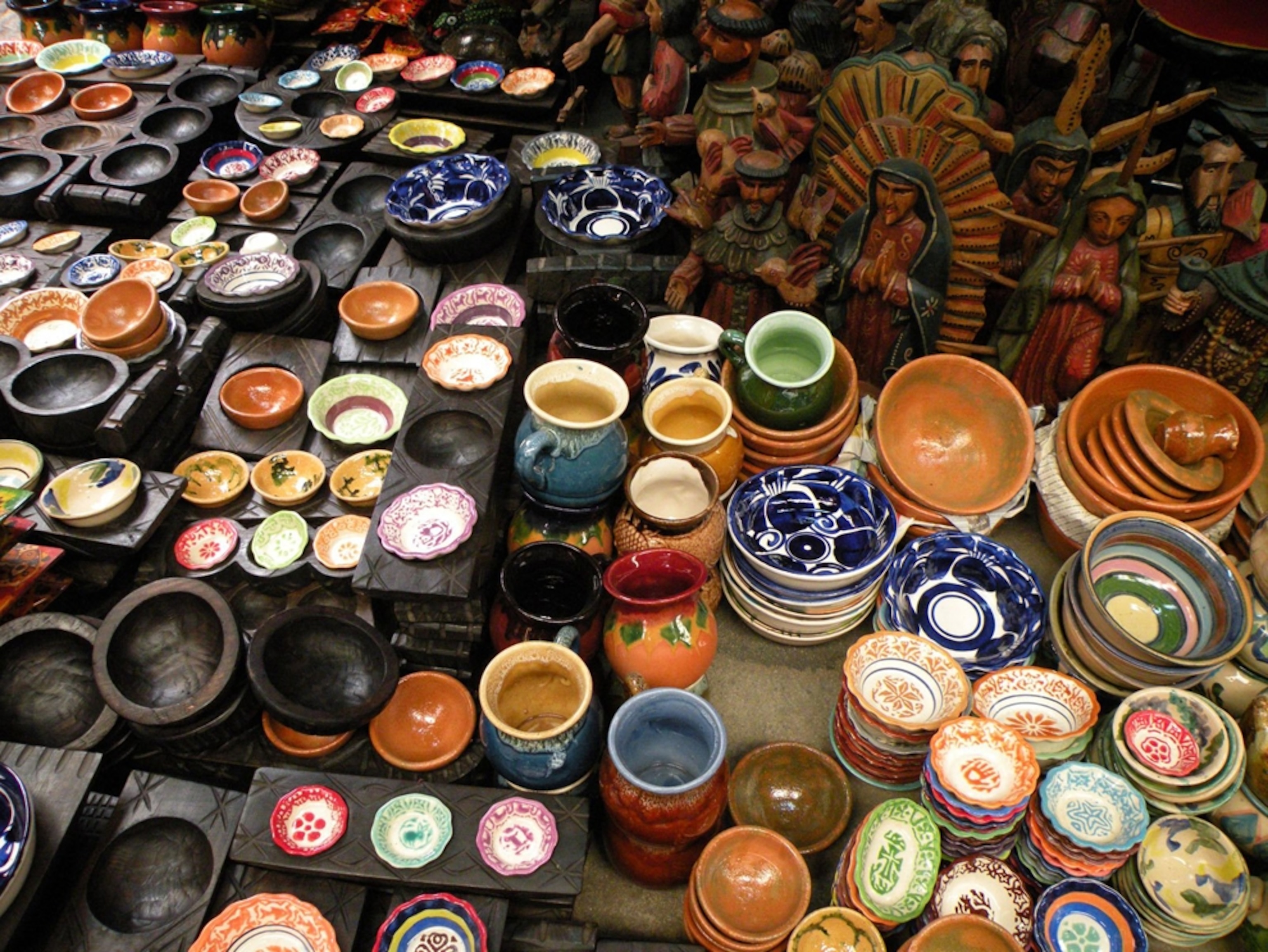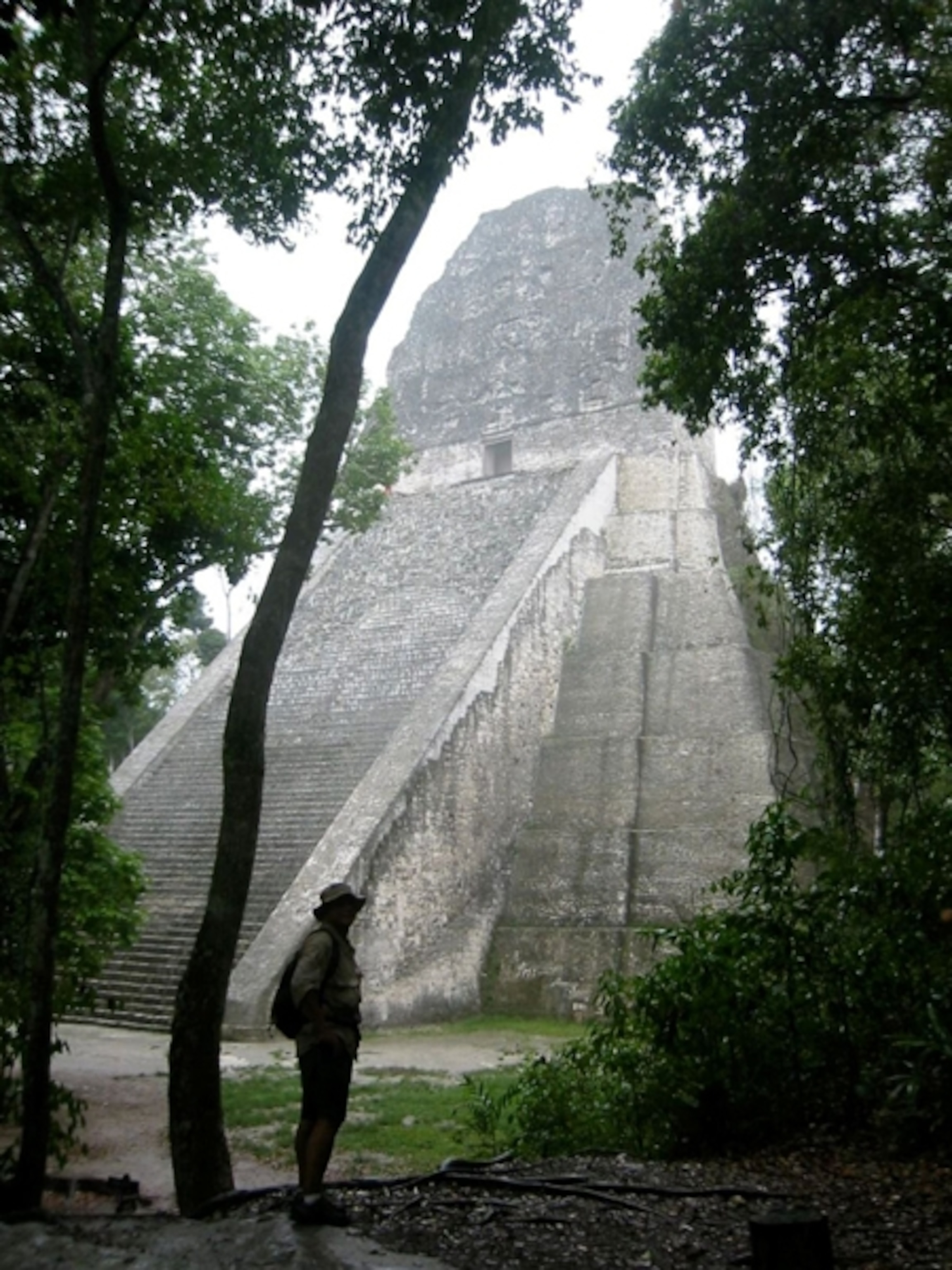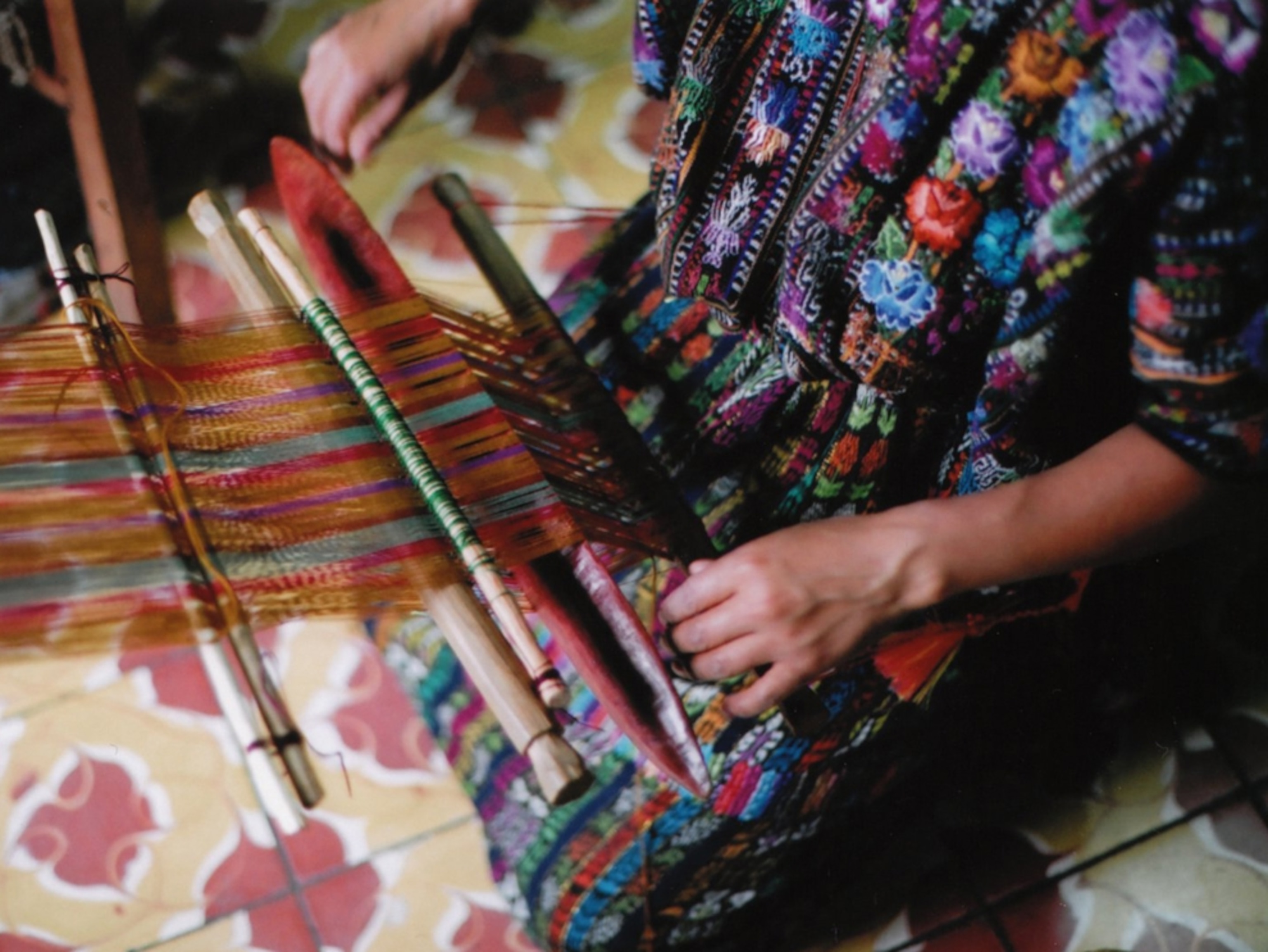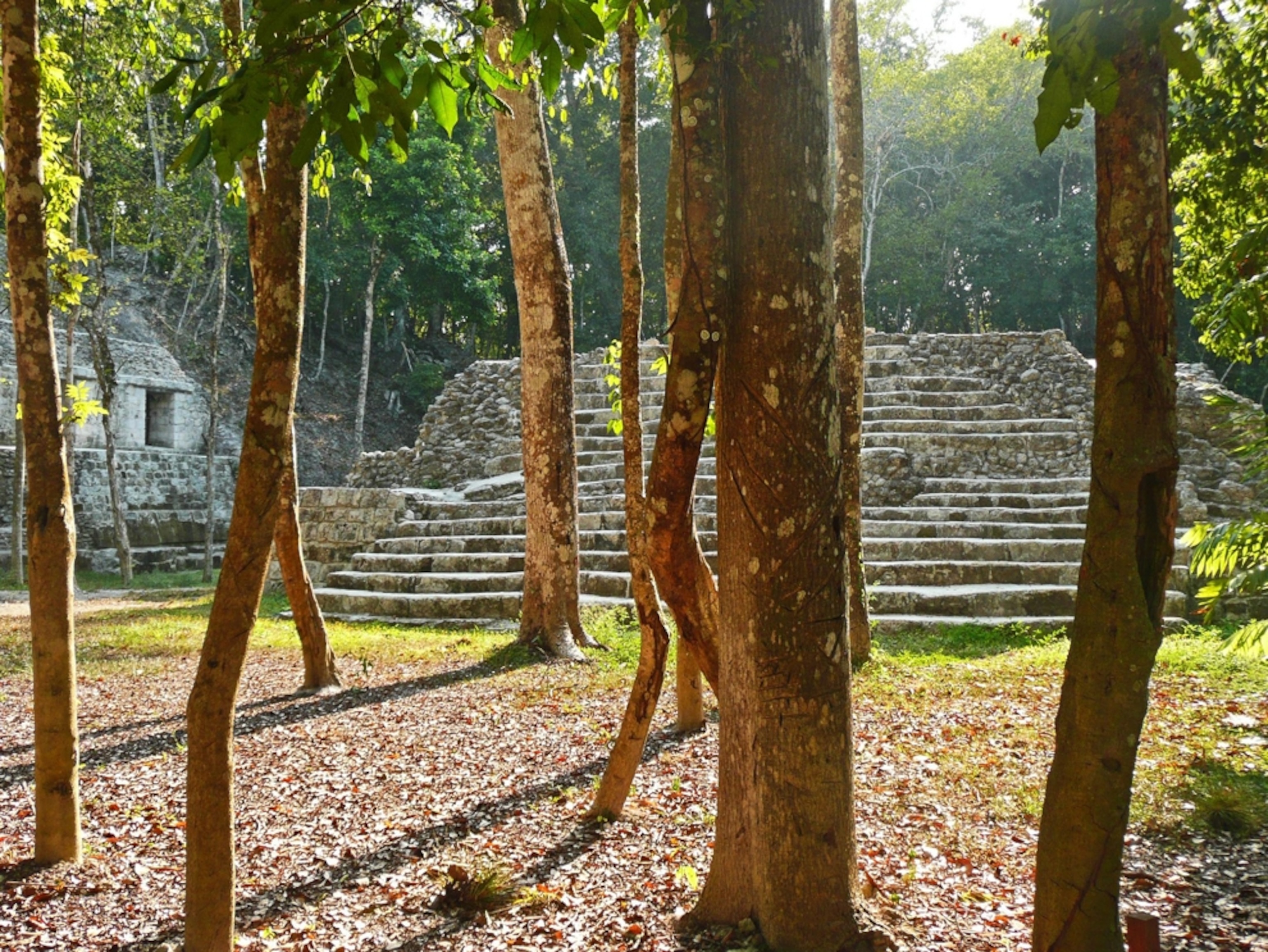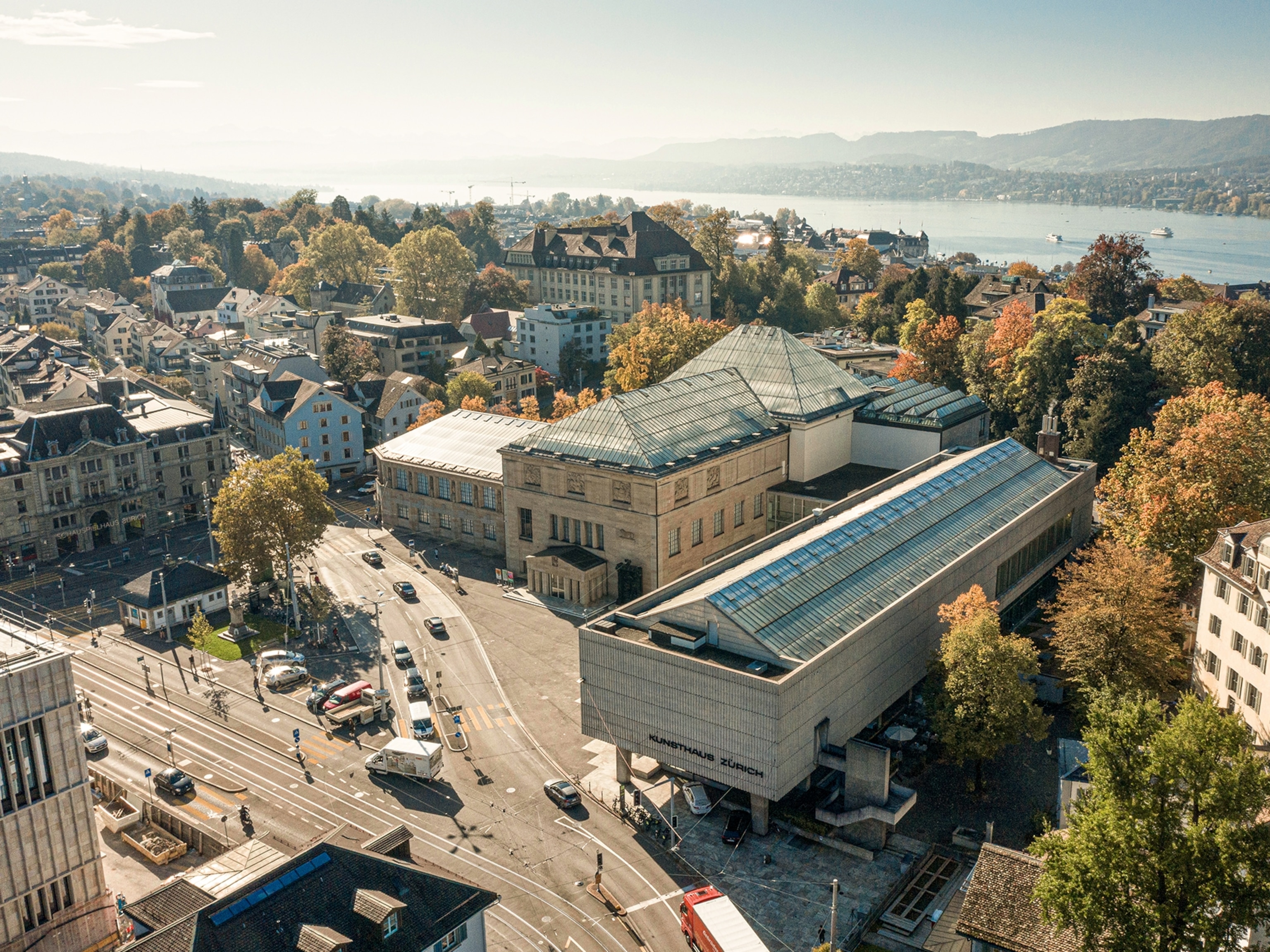Watch the Ancient Art of Chocolate-Making
In the historic town of Antigua, Guatemala, chocolate artisans still employ age-old Maya techniques.
The Maya, Toltec, and Aztec people started cultivating the fruit of the cacao tree more than 3,000 years ago. Considered the “food of the gods,” the chocolate-making tradition originated in the Maya world, which encompasses modern-day Guatemala, Honduras, Belize, Mexico, and El Salvador.
Cacao—from the Olmec ka-ka-w—was traded as currency and valued for its purported medicinal and aphrodisiacal qualities. The beans were roasted, ground, and brewed into a bitter hot chocolate drink that was used in religious ceremonies, buried in the tombs of dignitaries, and used to worship Ek Chuah, the Maya god of merchants and patron of cacao.
It wasn’t until Spanish conquistadors arrived in the 16th century that sugar and milk were added to the mix. Chocolate eventually made its way to Europe, and in 1585 Spain received its first recorded shipment of cacao beans, where it proliferated in the Spanish court.
(The 10 Best Chocolatiers in the World)
In the historic town of Antigua, Guatemala, cacao still sweetens the air and ancient Maya tradition blends with Spanish colonial influences. A number of traditional artisans, like fourth-generation Chocolate D’ Taza, still employ methods used by the Maya. During the four-day process, cacao beans are dried, roasted, peeled, and ground by hand using a traditional metate, or grinding stone. While their ancestors preferred their cacao with corn and chili, locally-grown cinnamon, cardamom, and sugar are today's flavors of choice. Using a special plant-based mat called a petate, the chocolate is fashioned into tablets, melted in hot water, and ready to be savored.
See the Beauty of Guatemala
- National Geographic Expeditions
